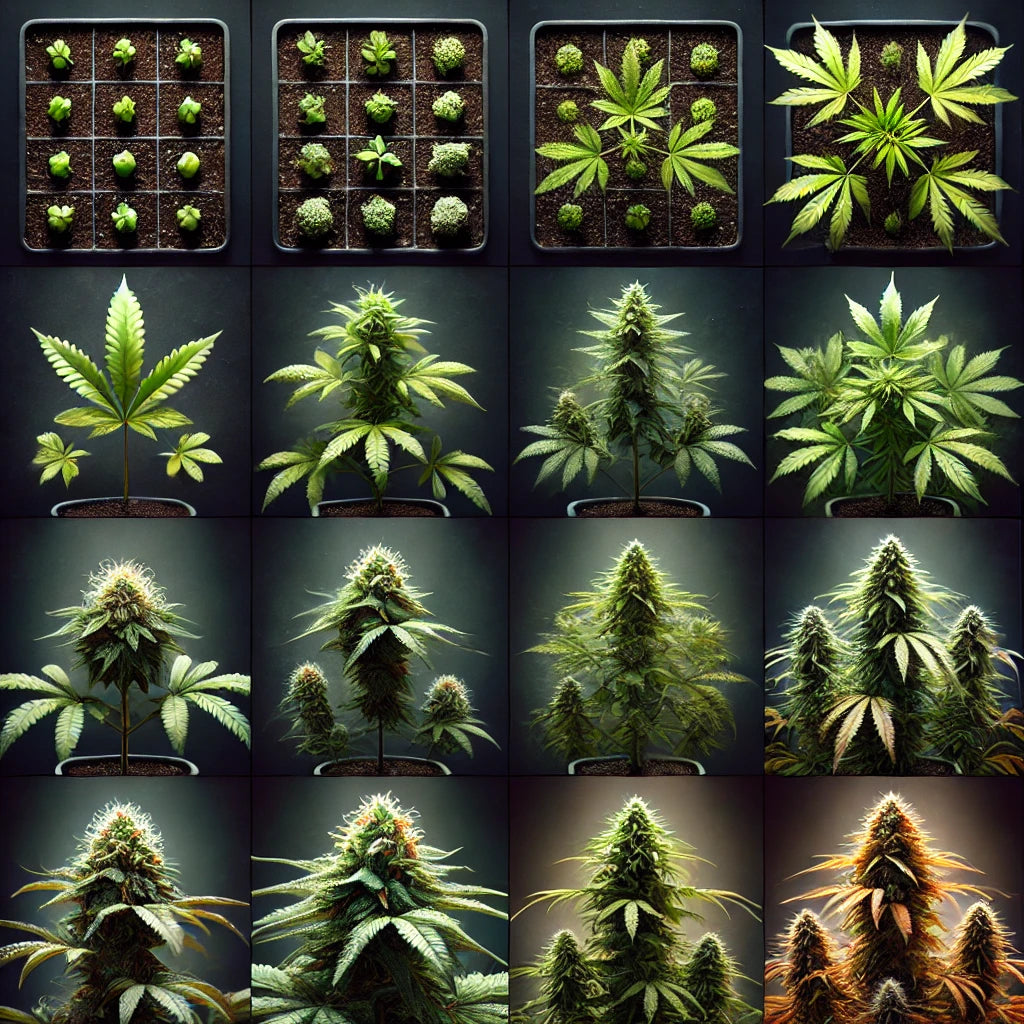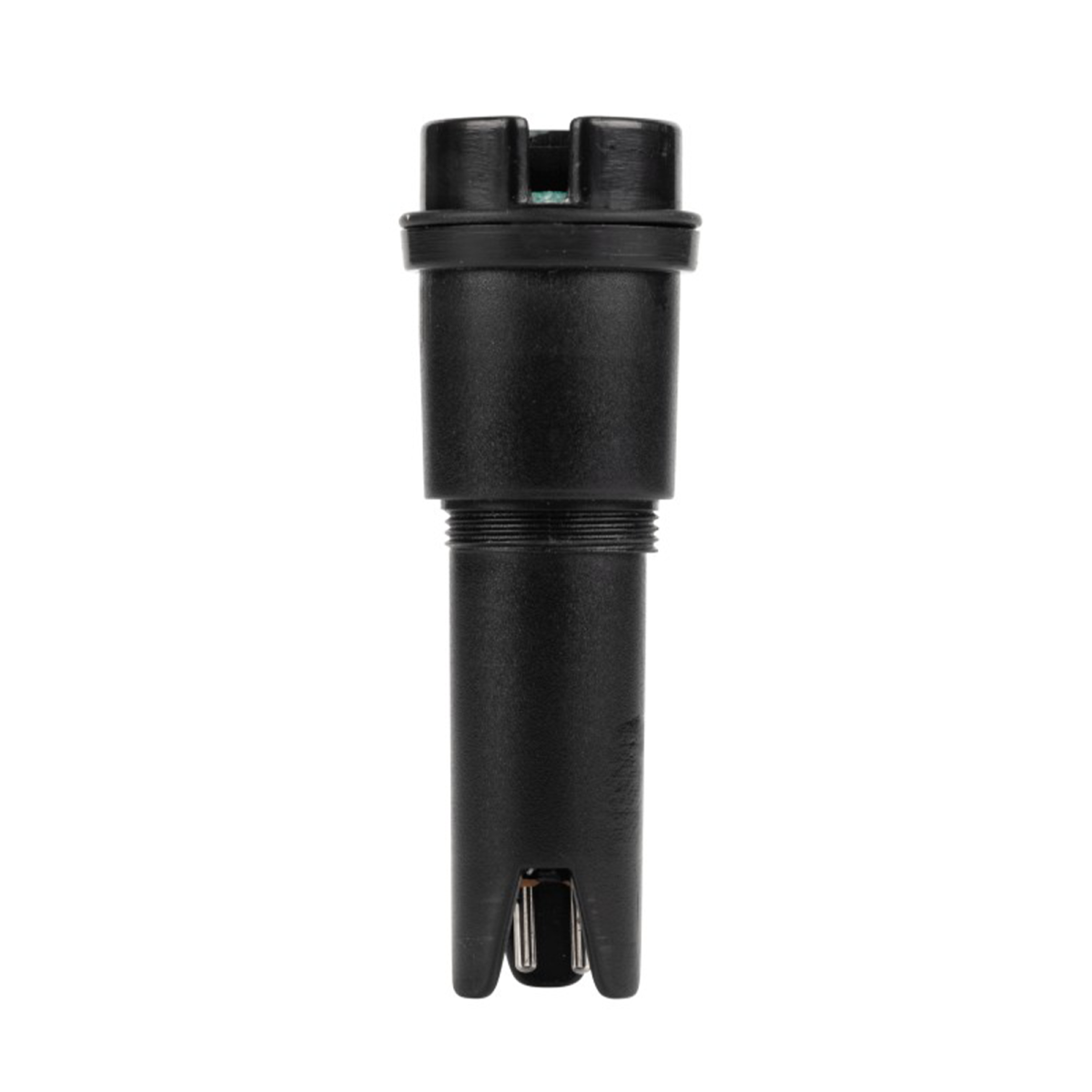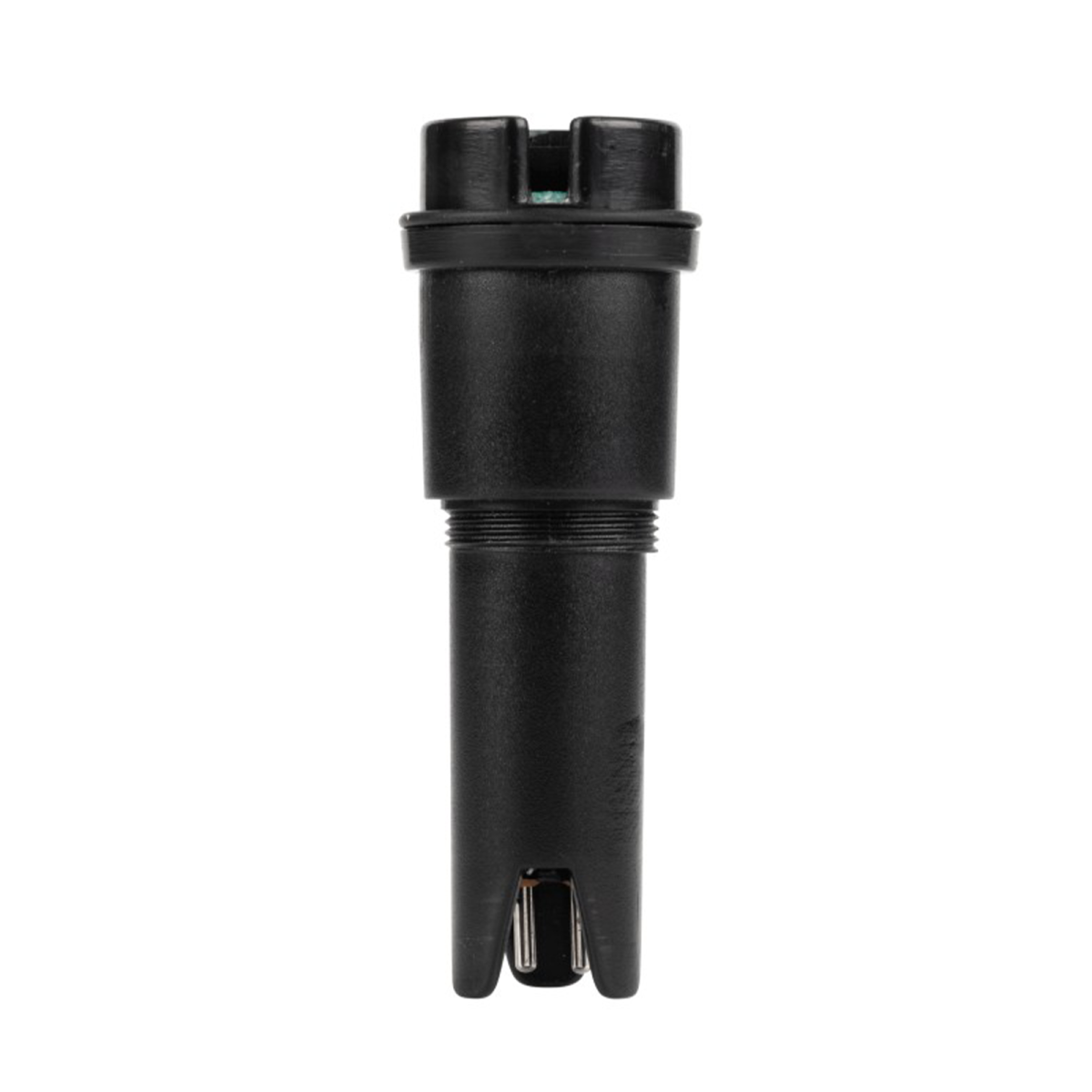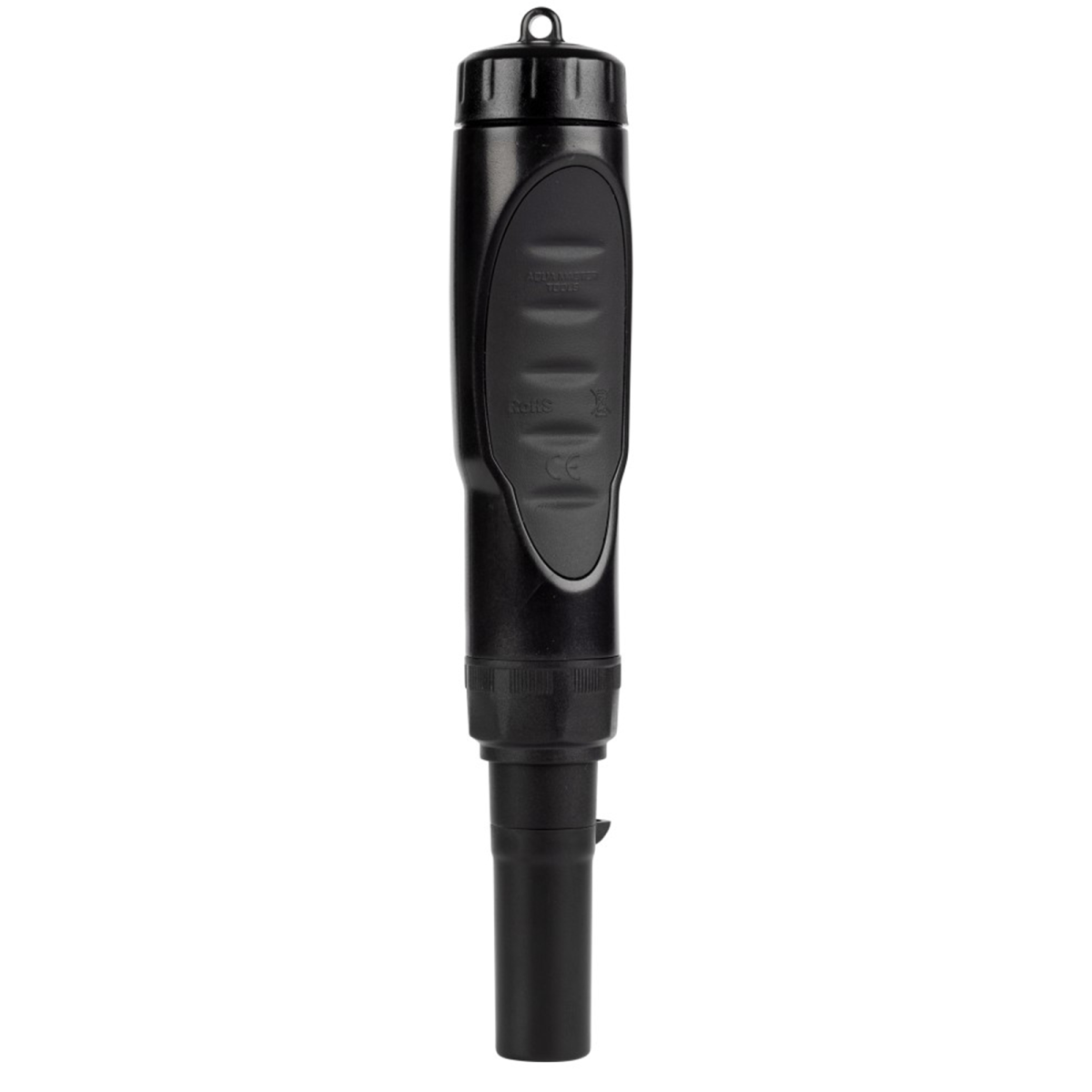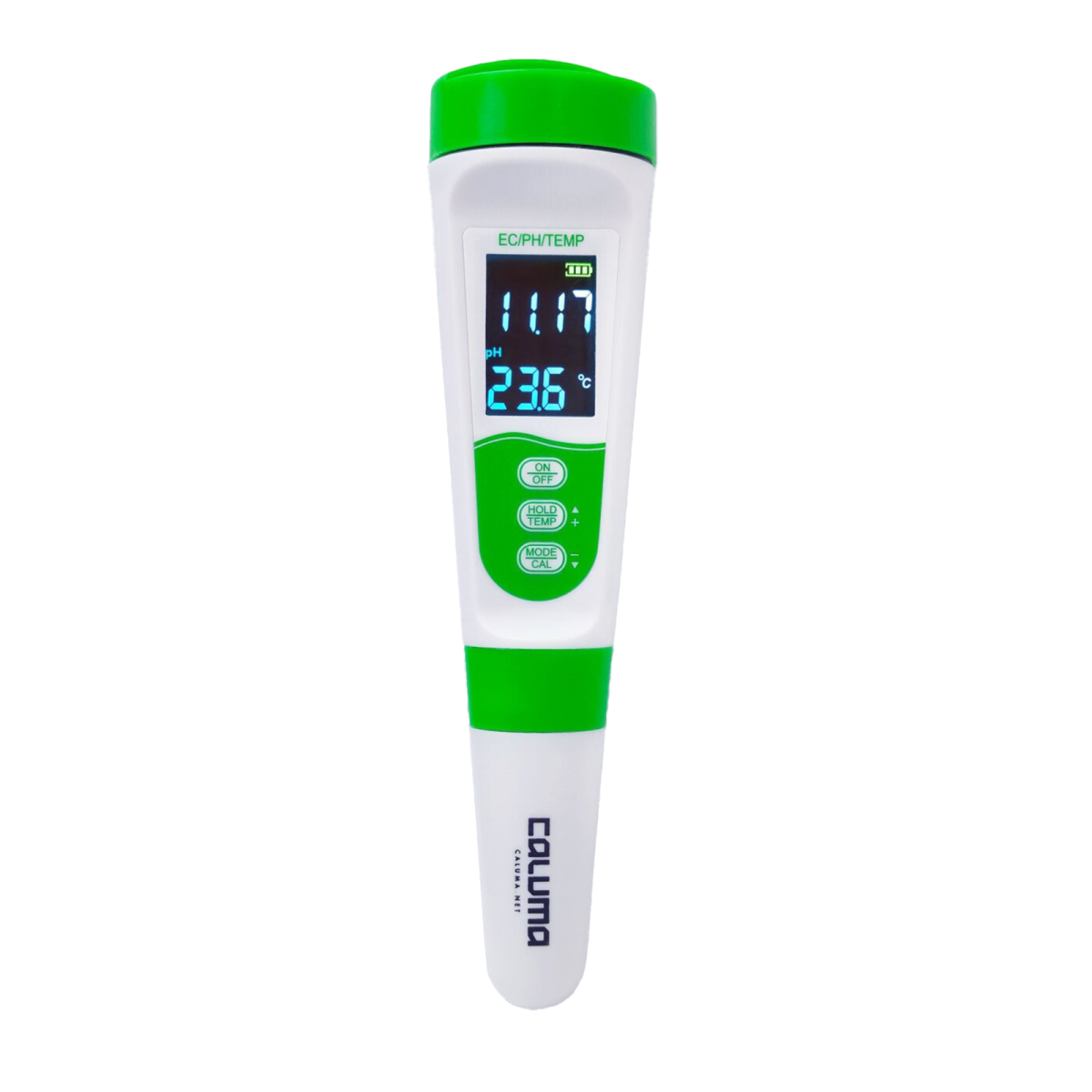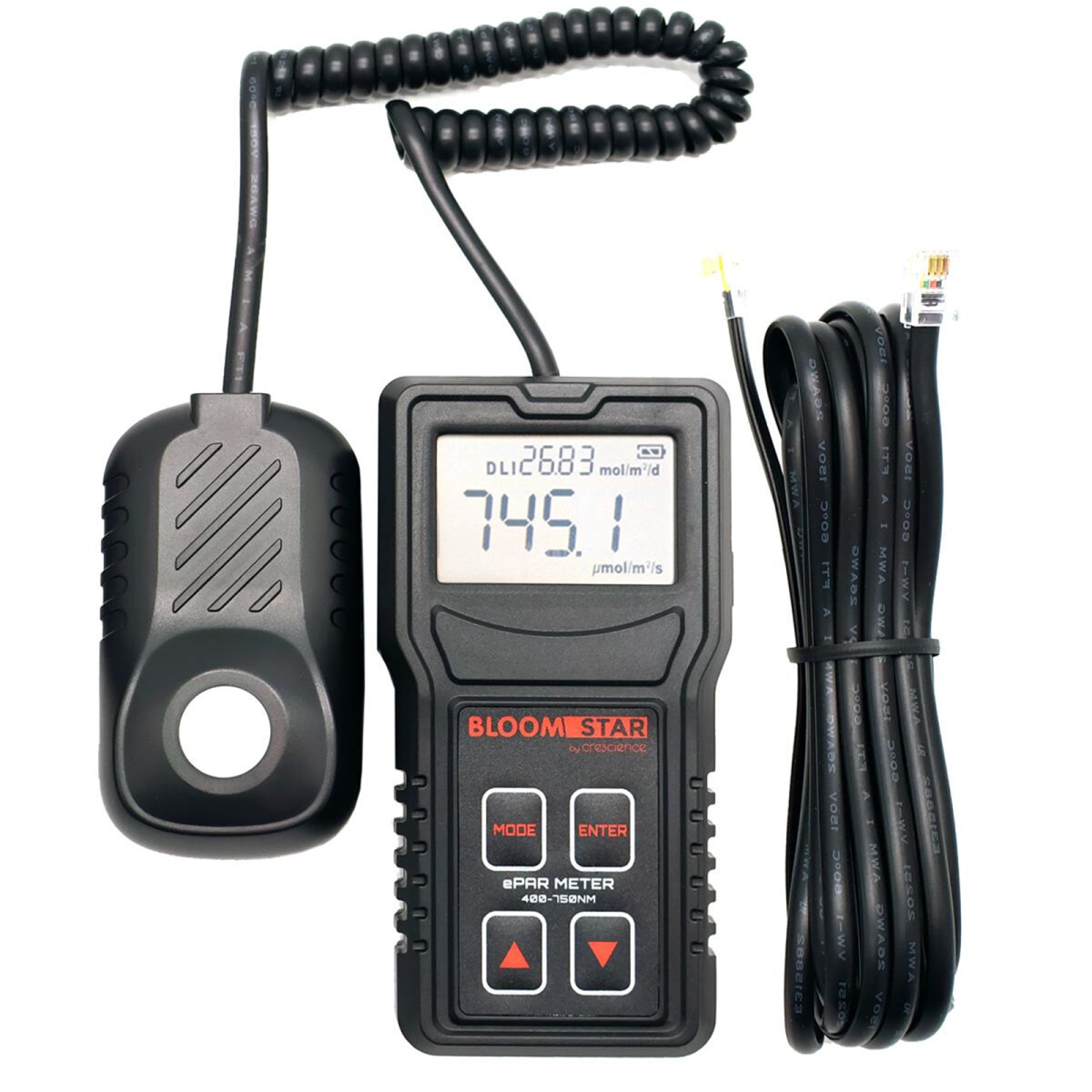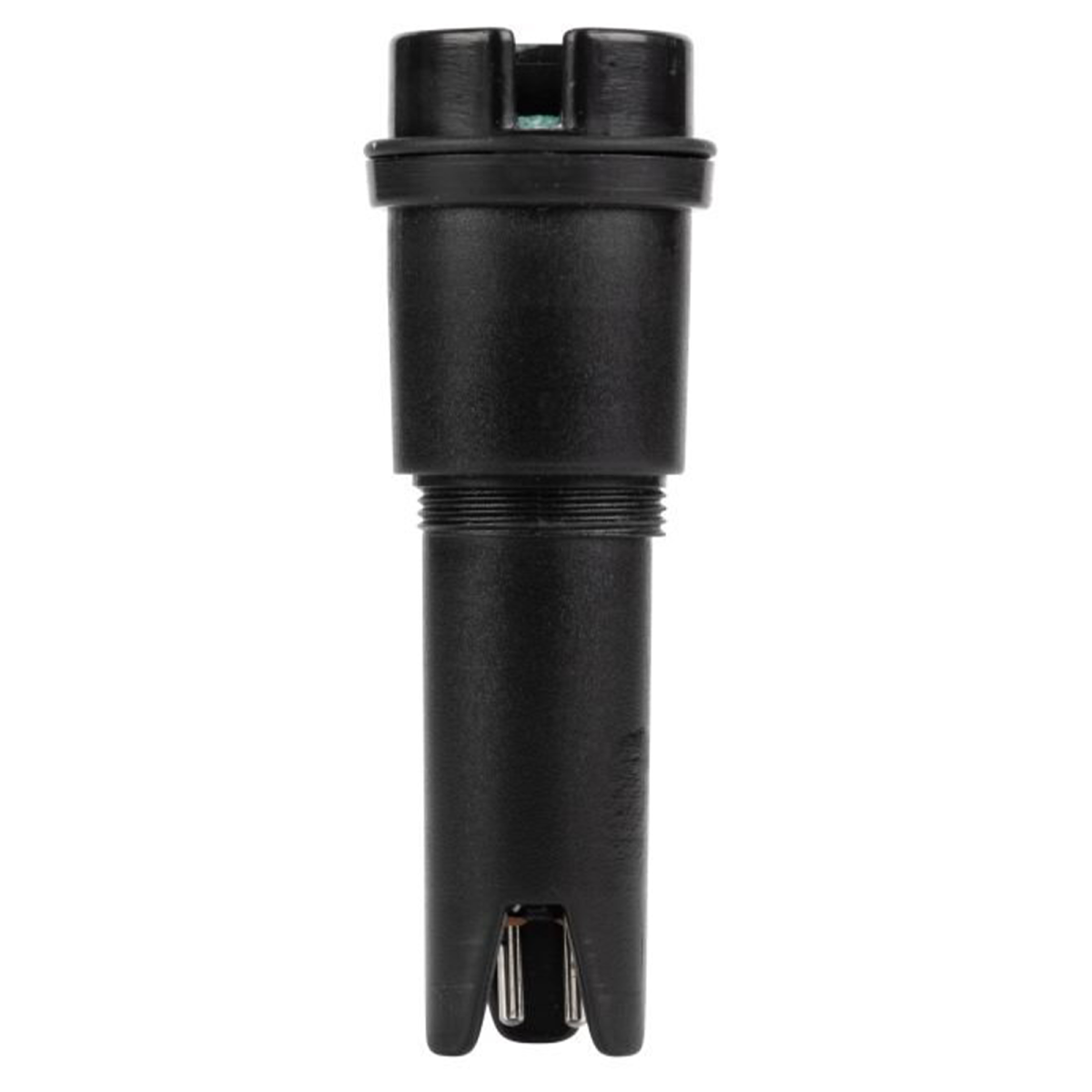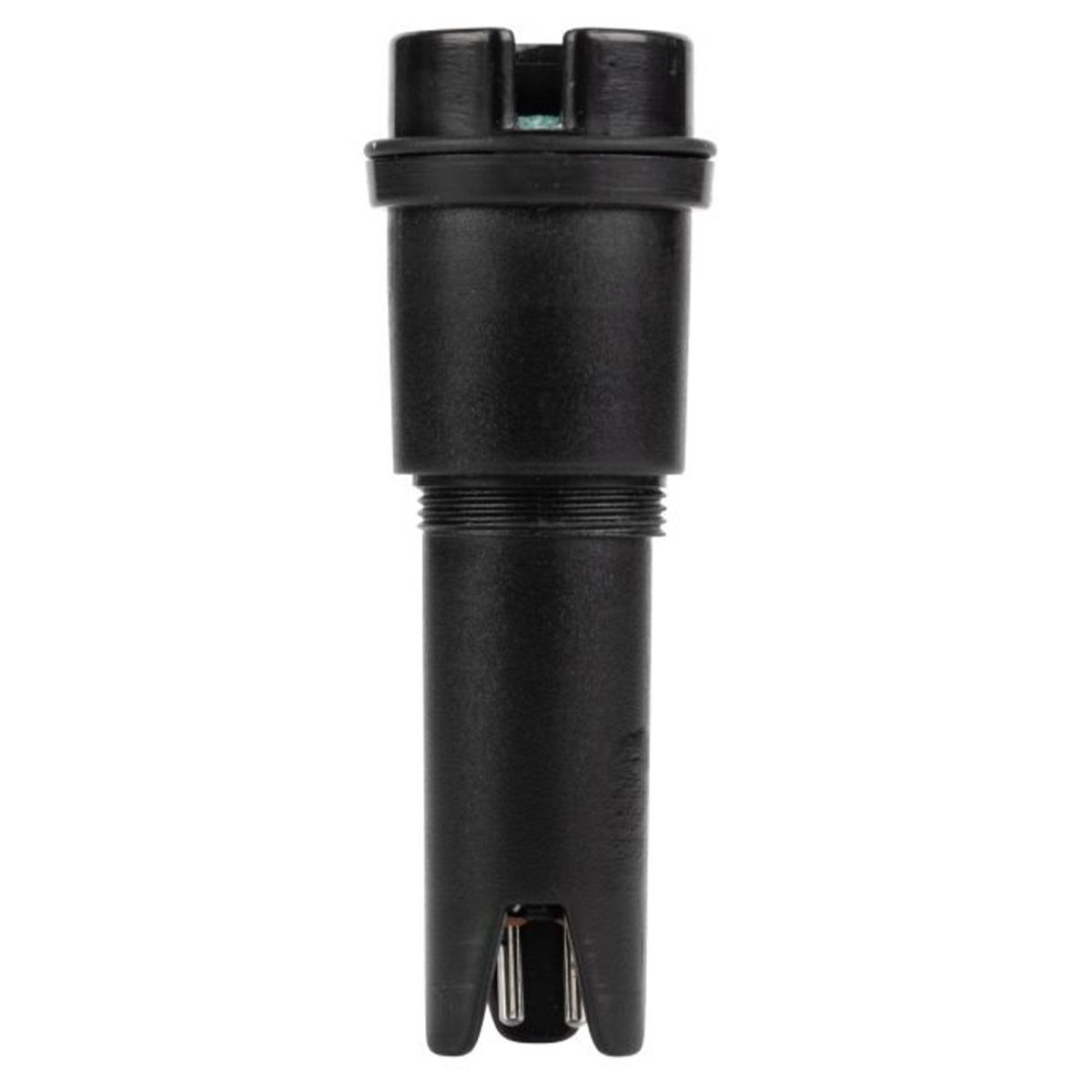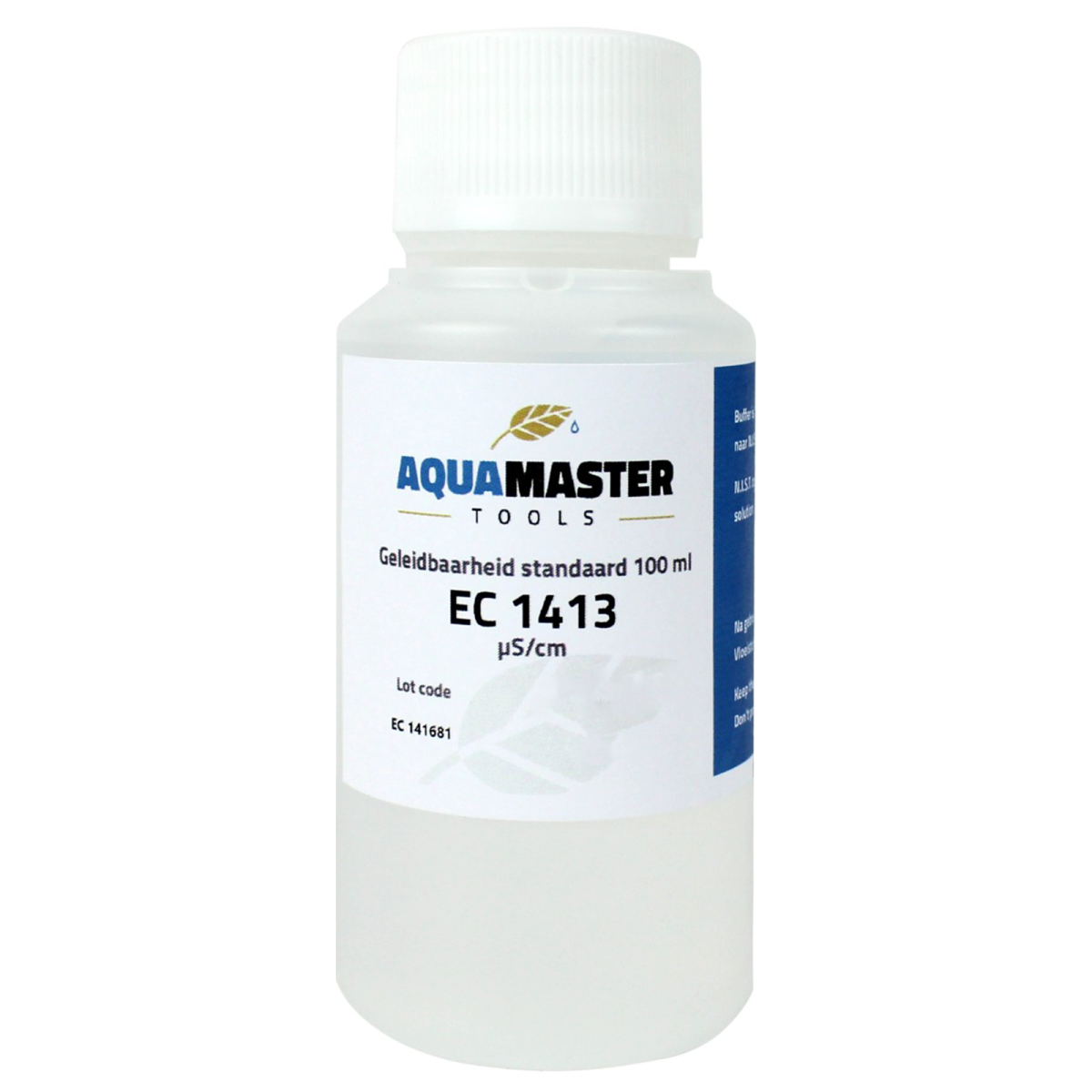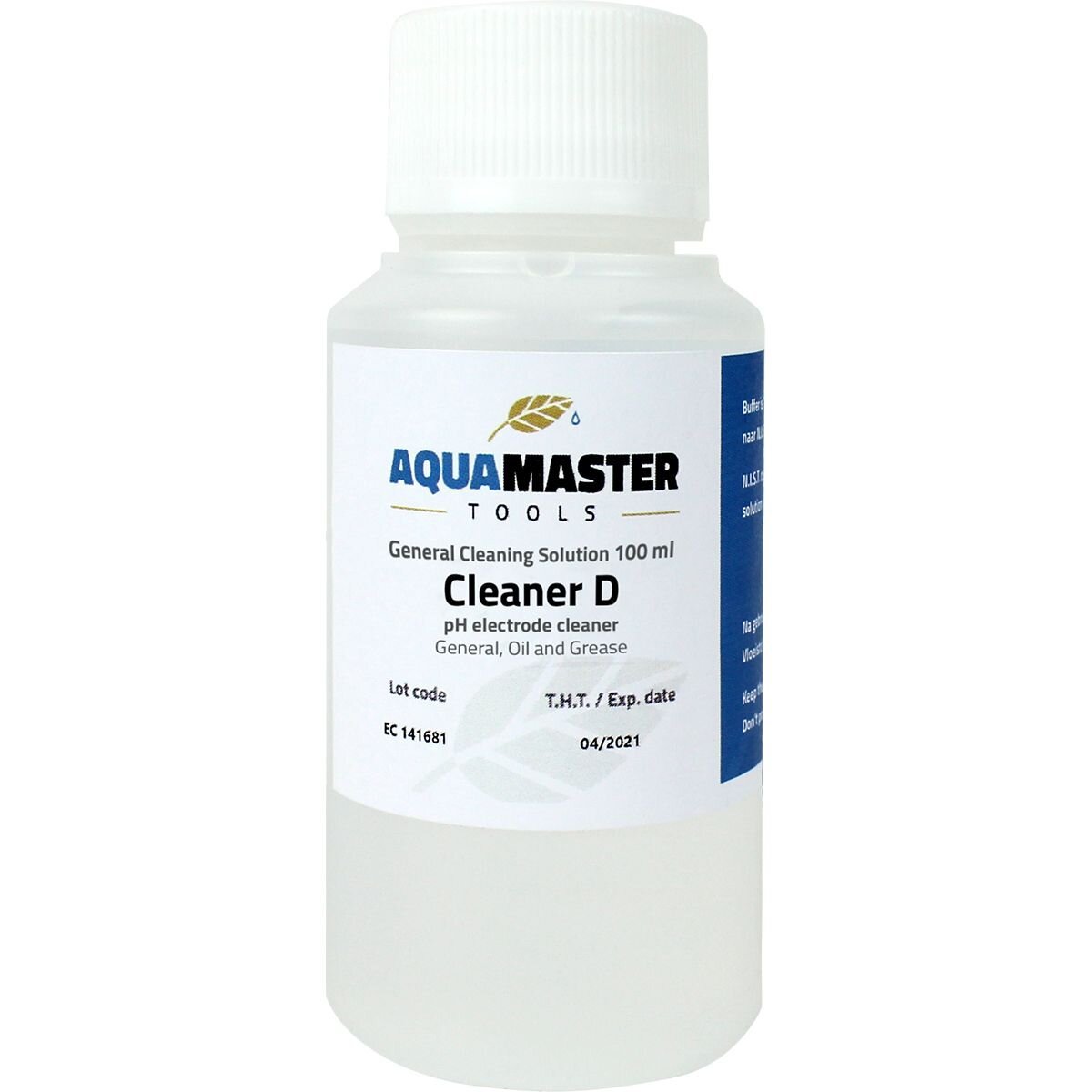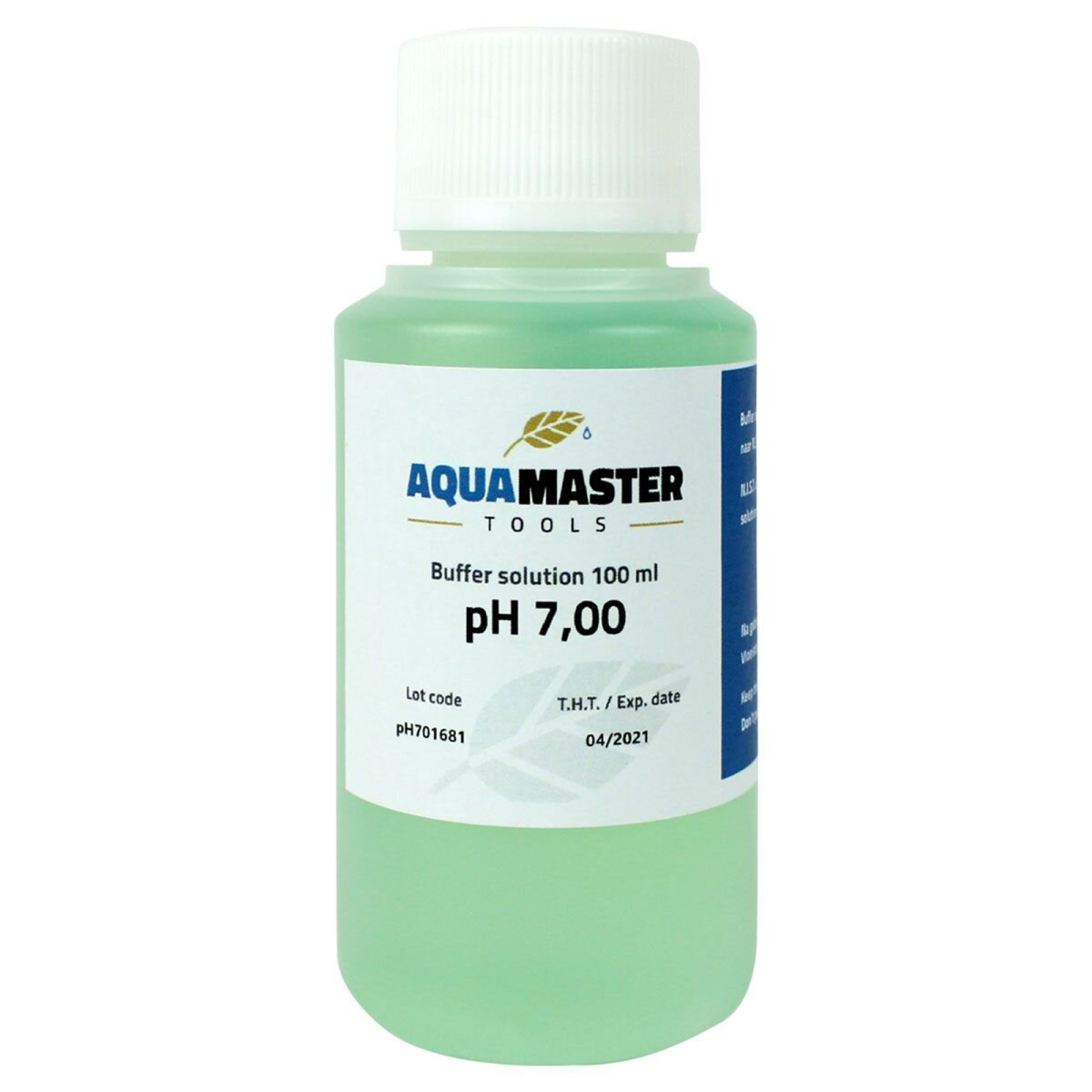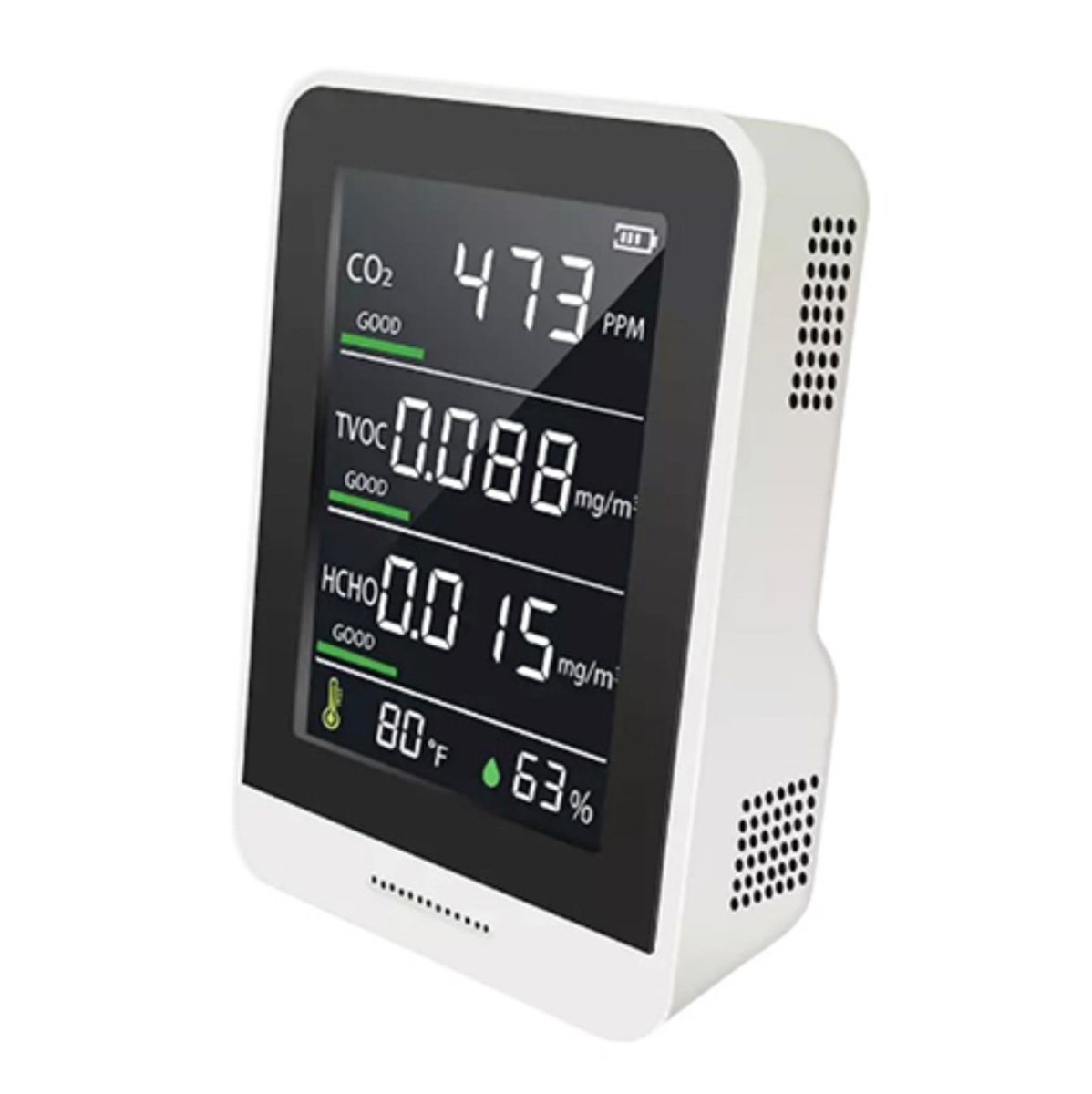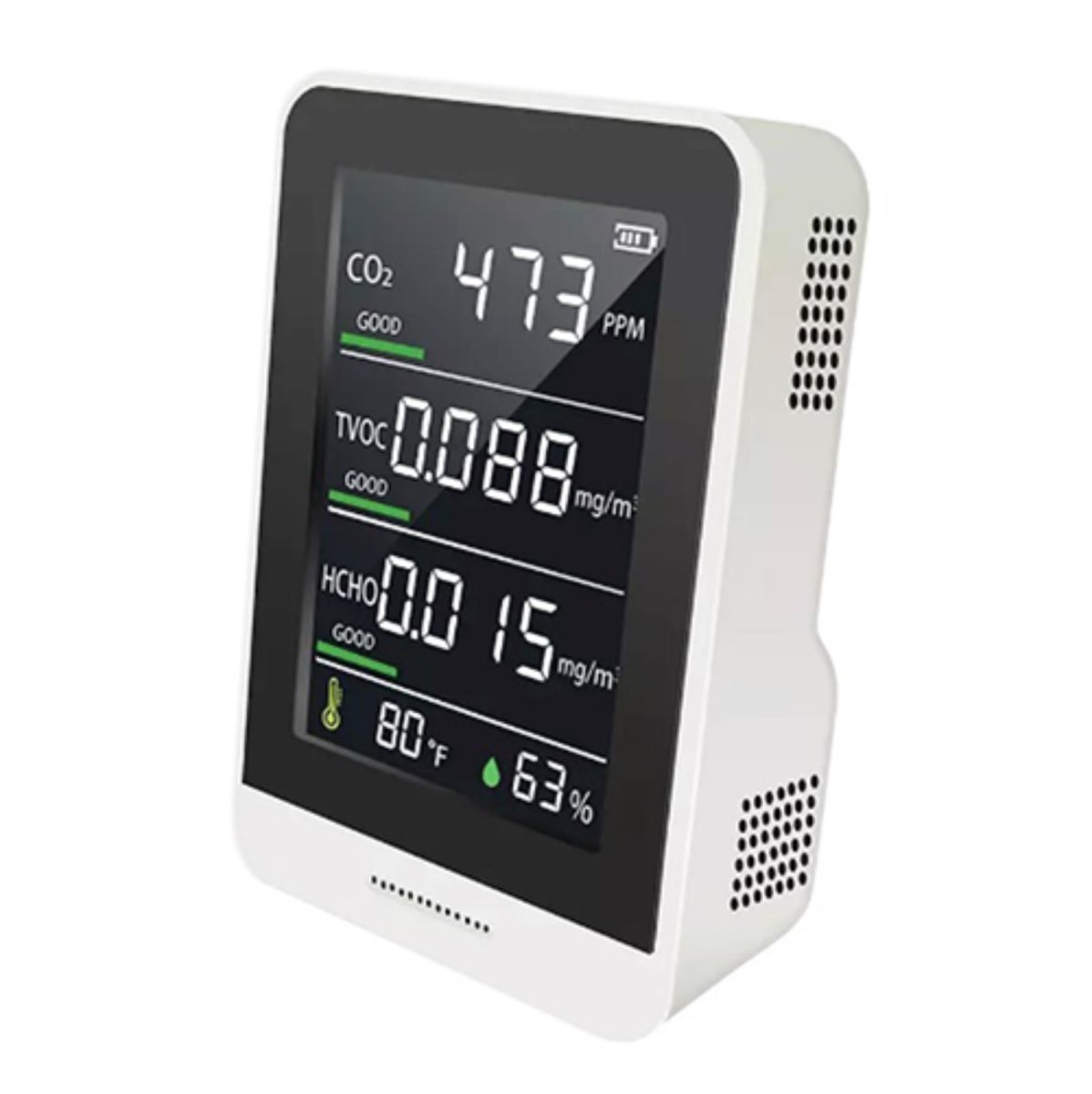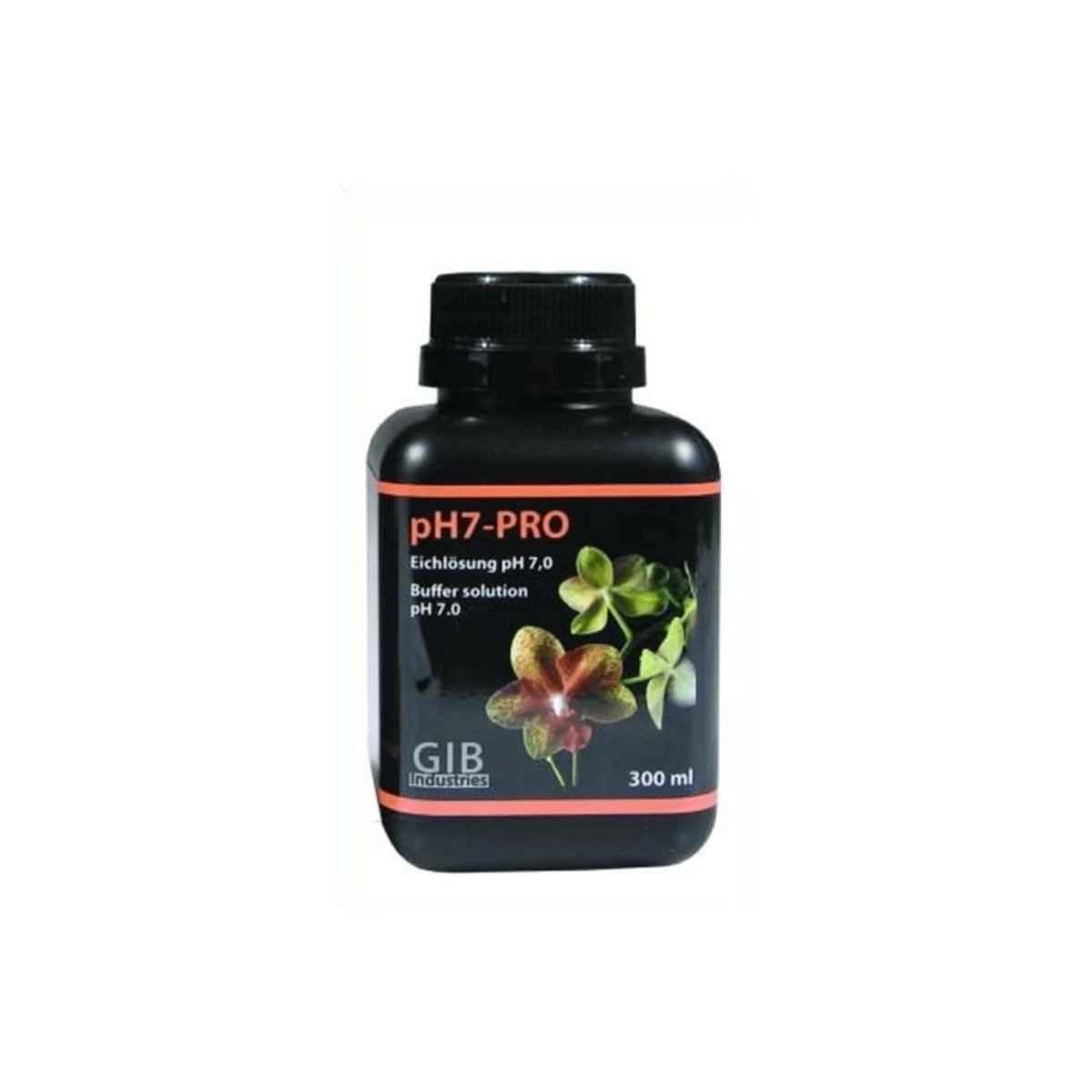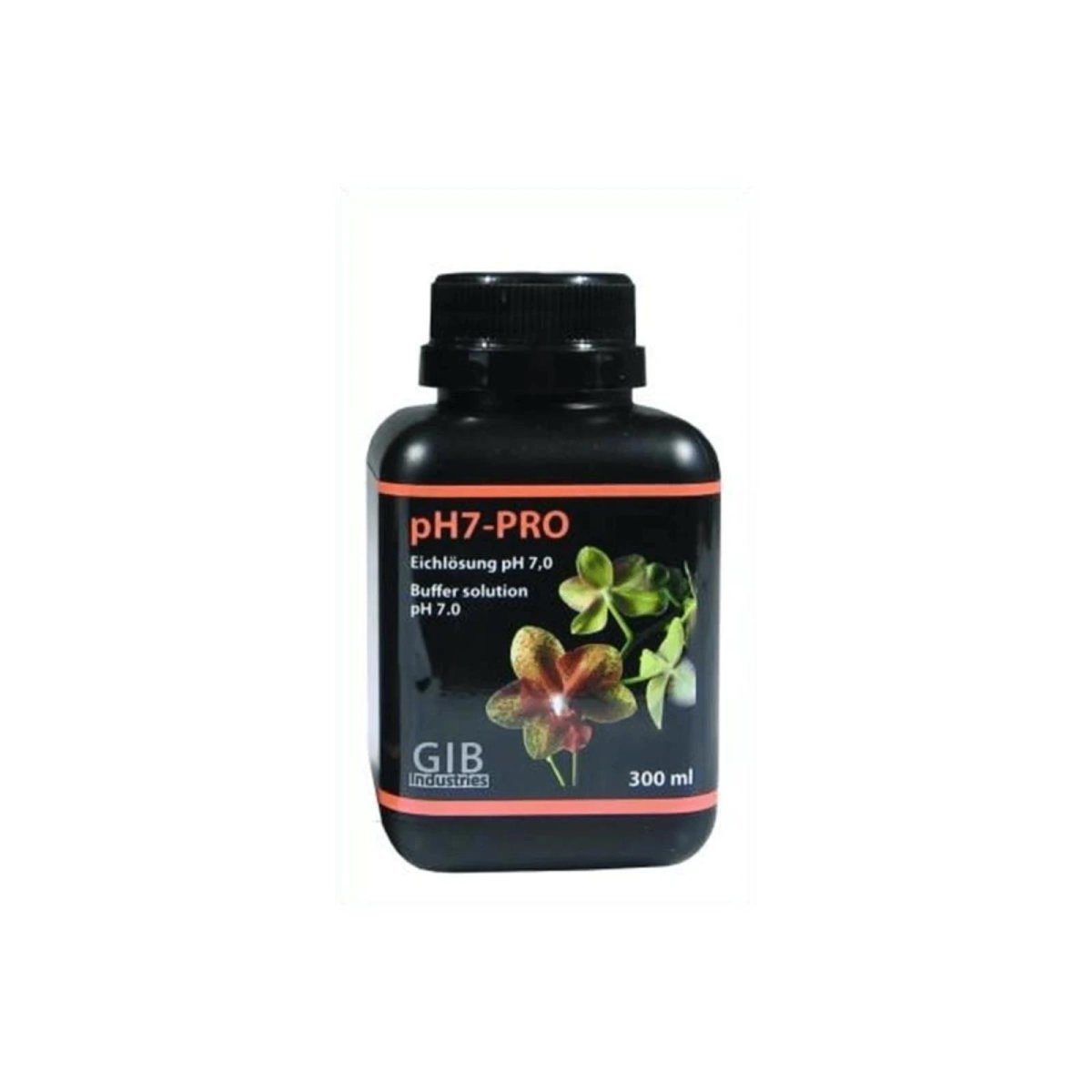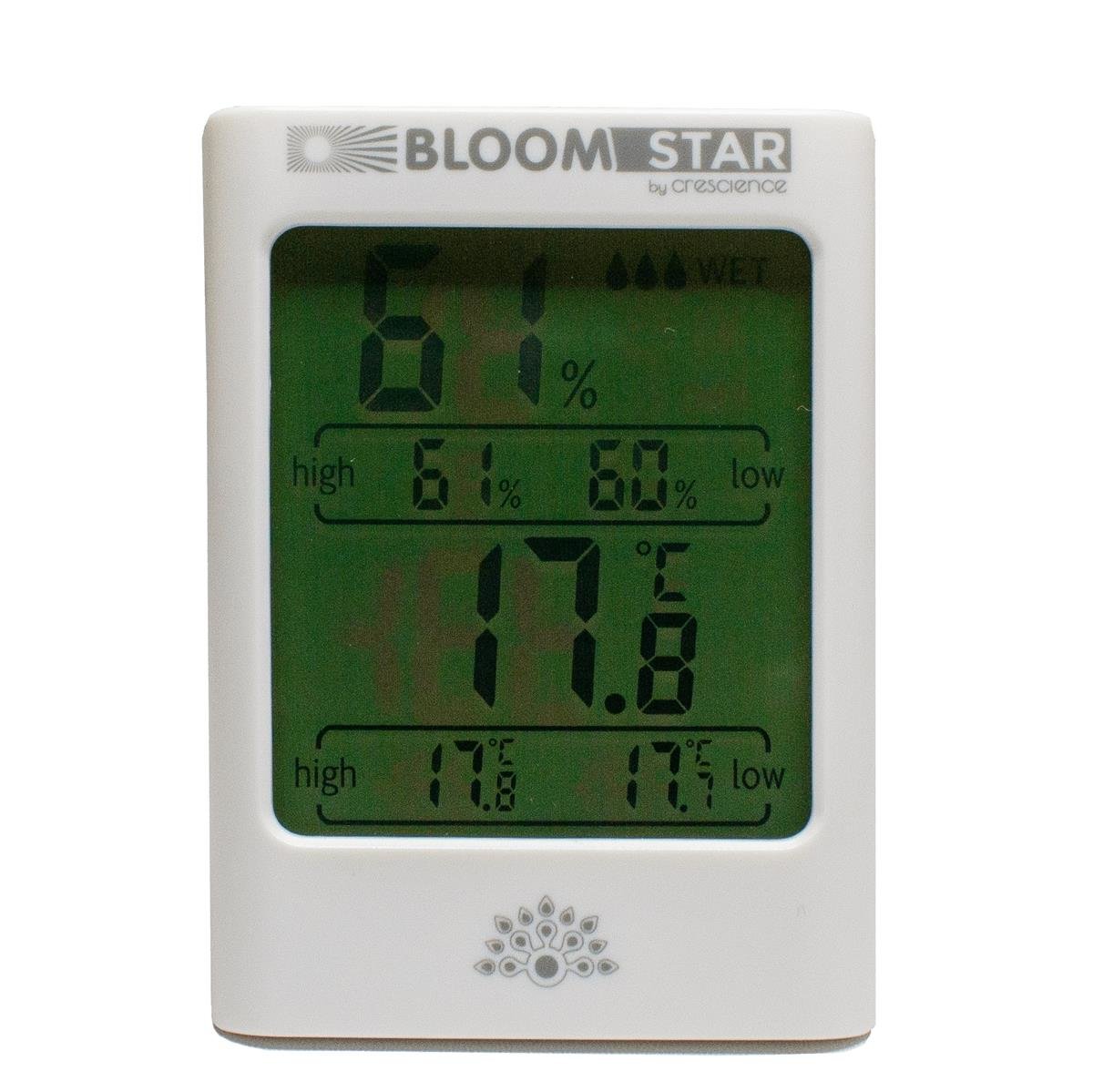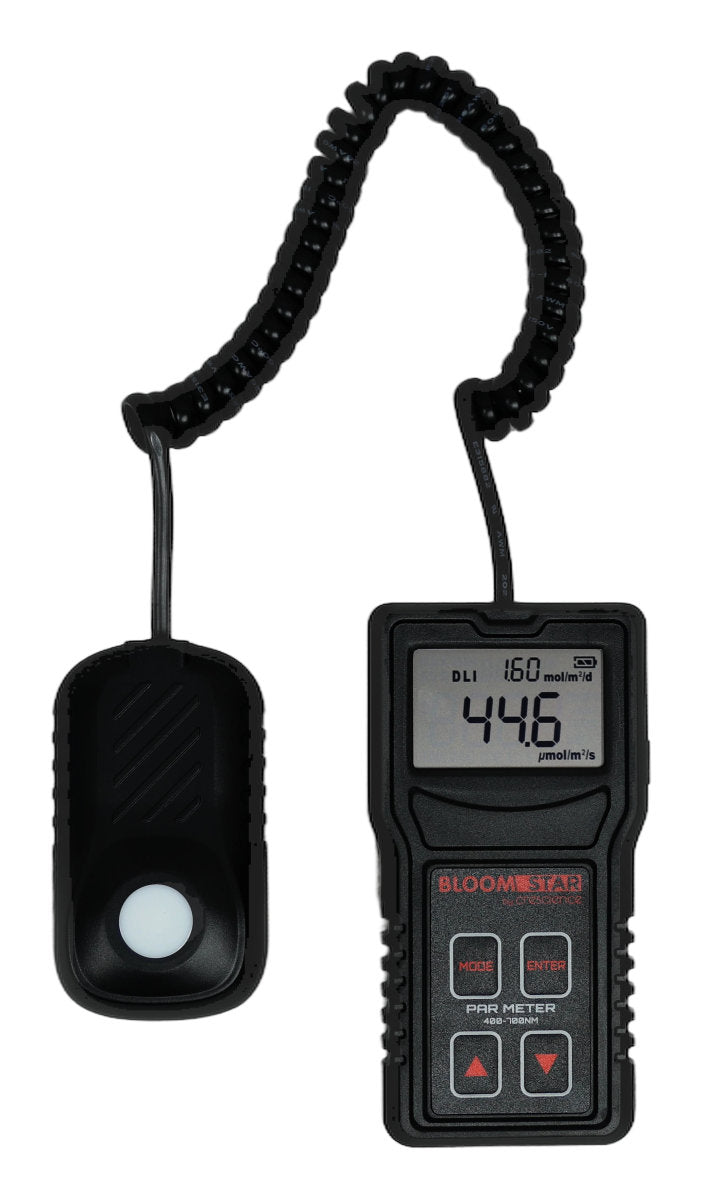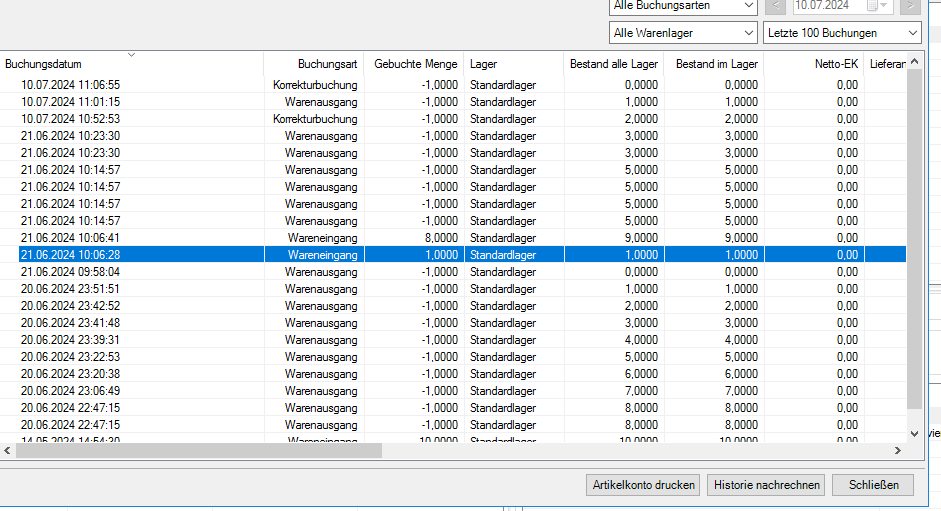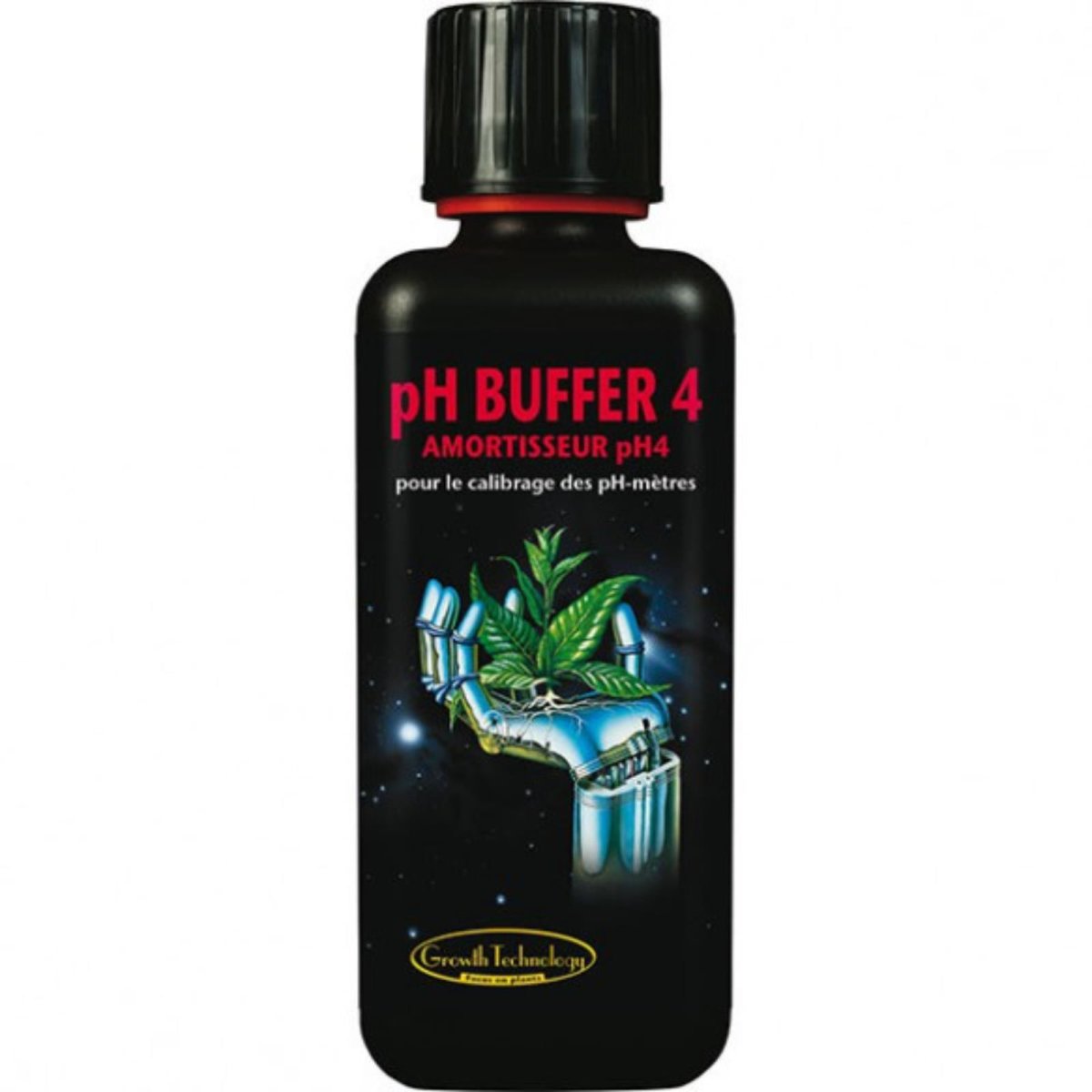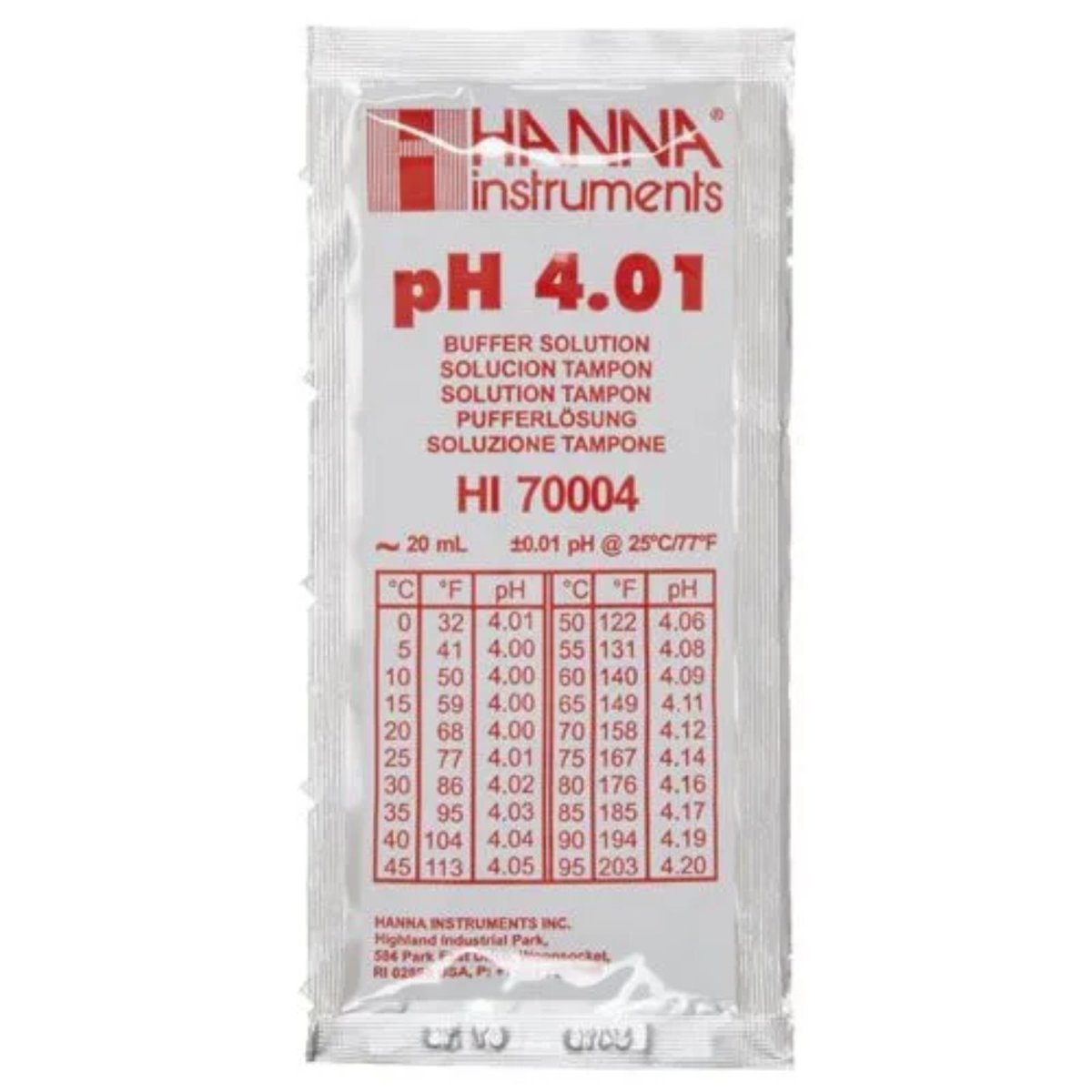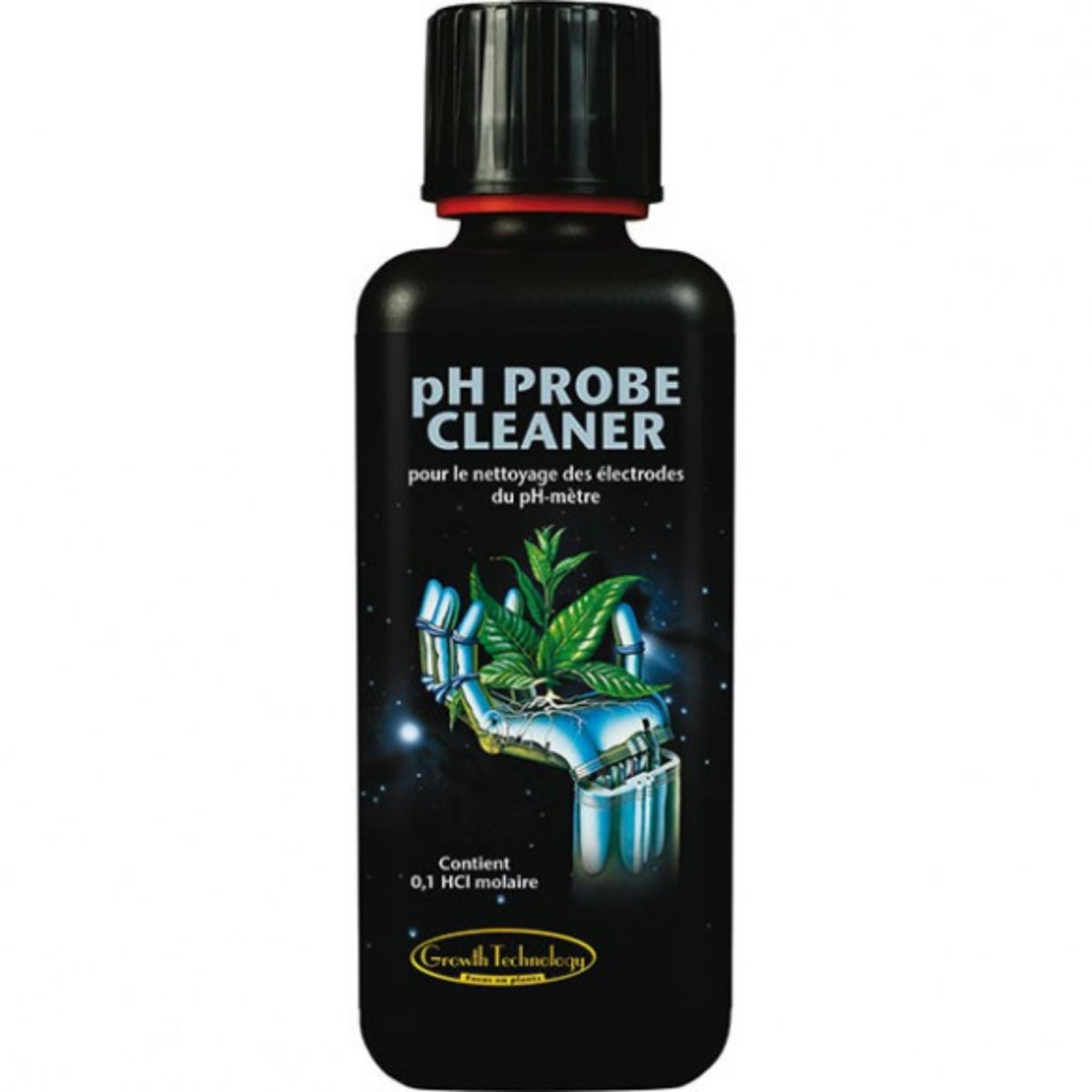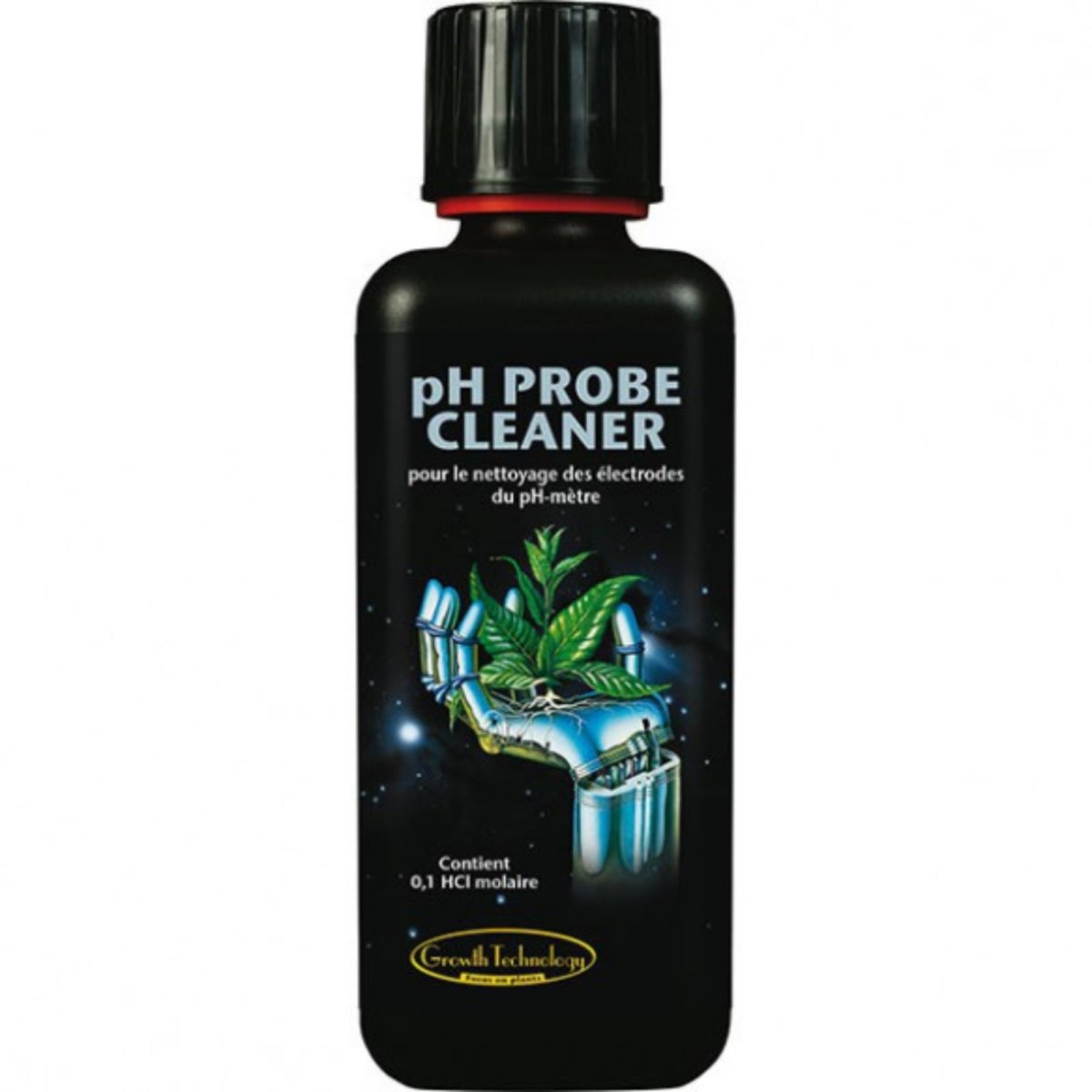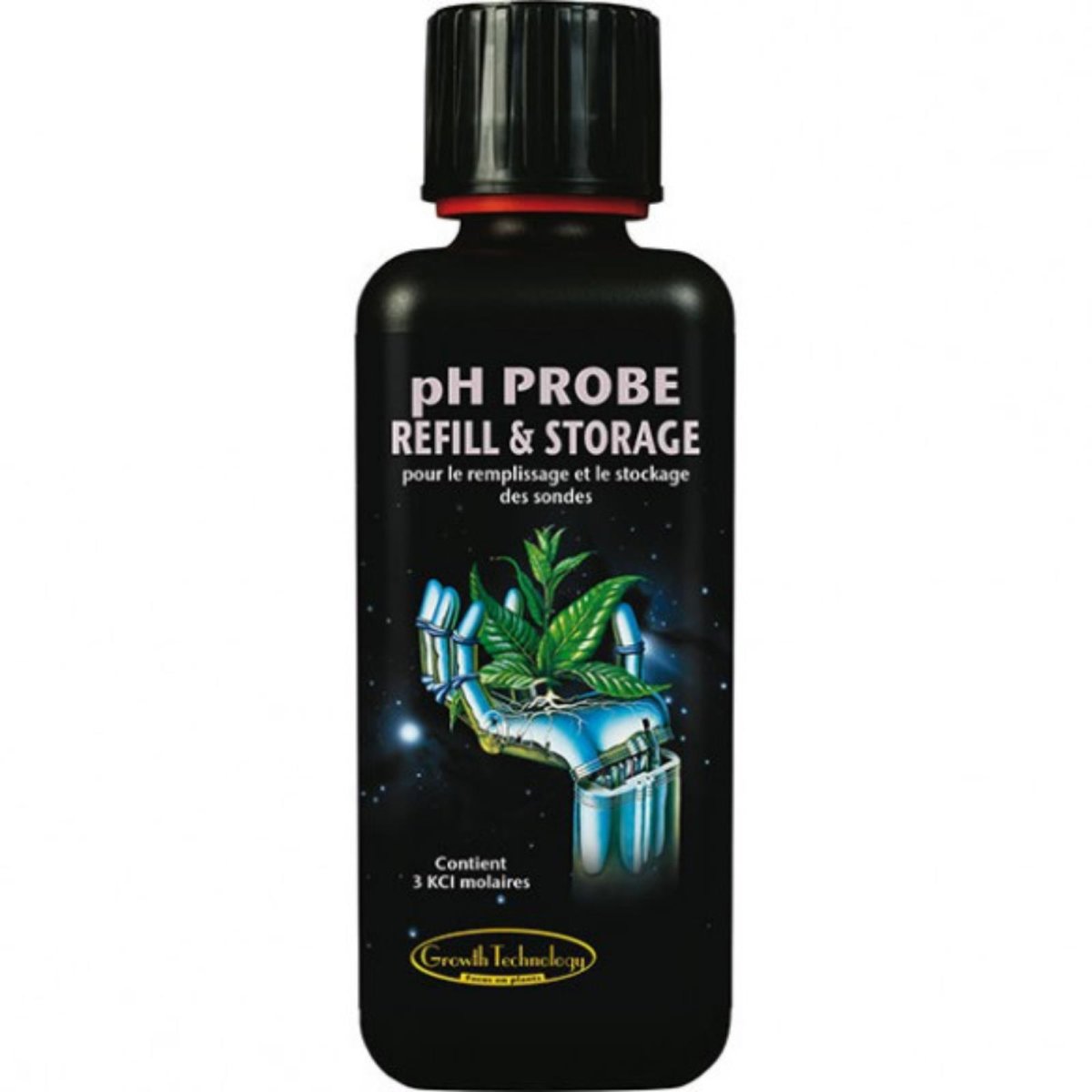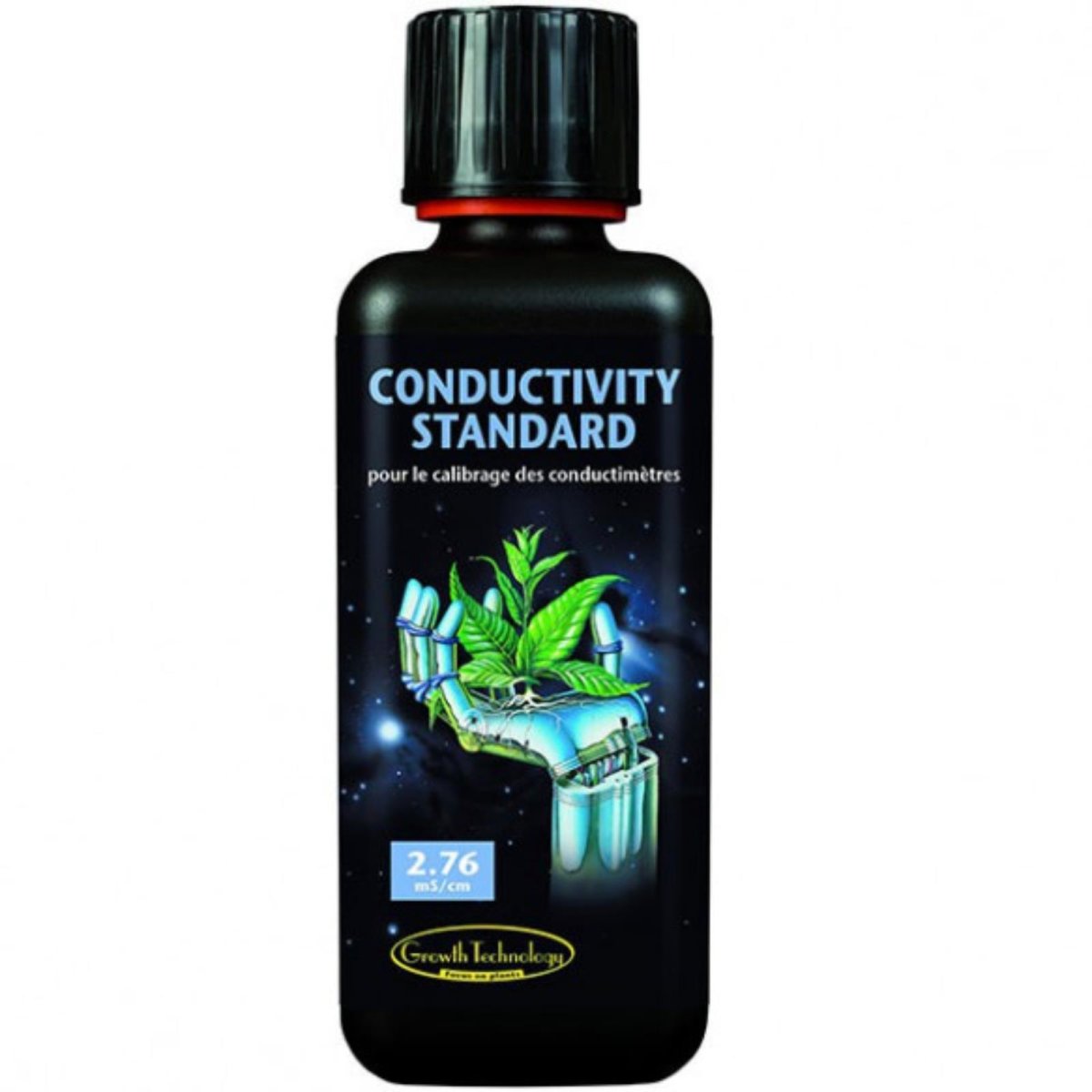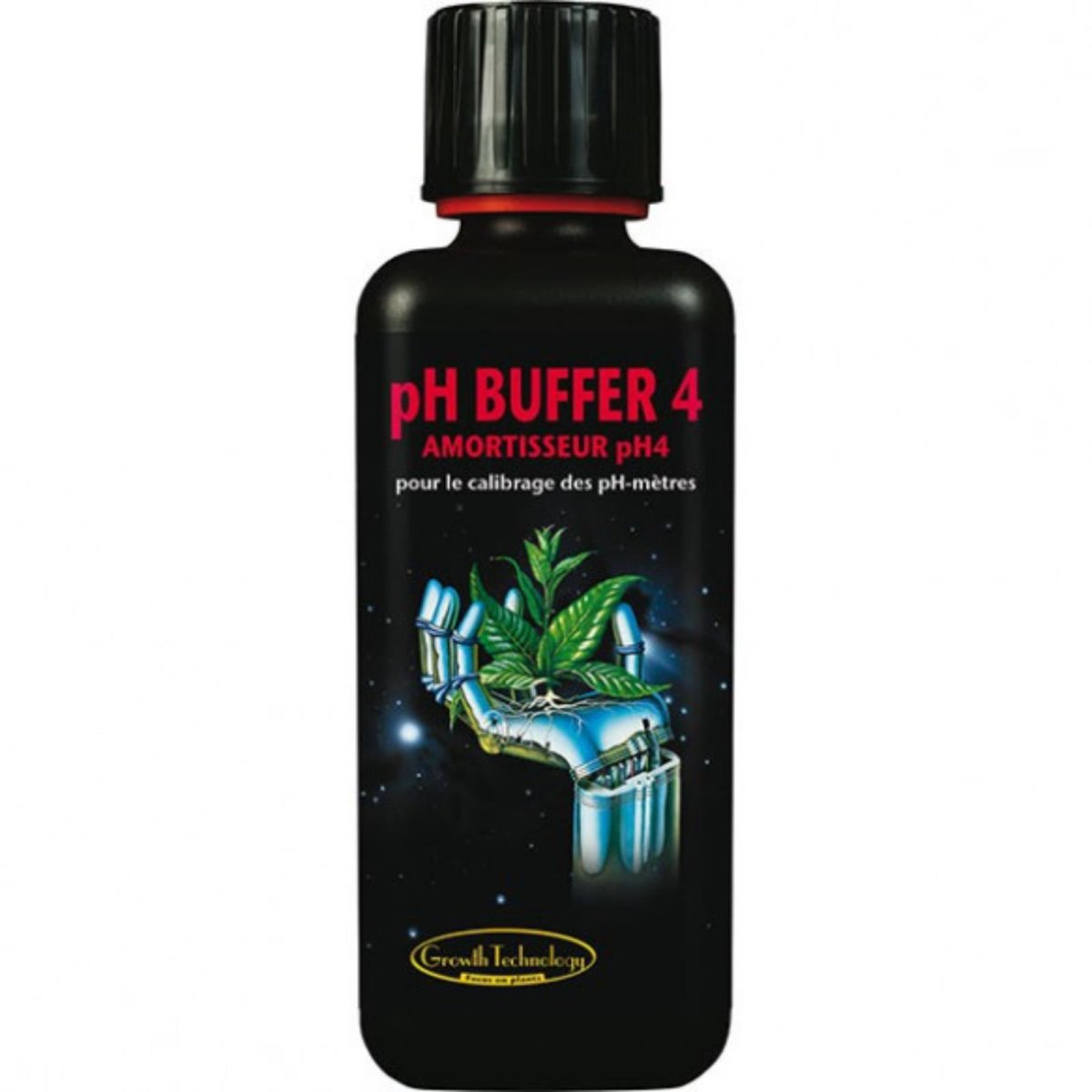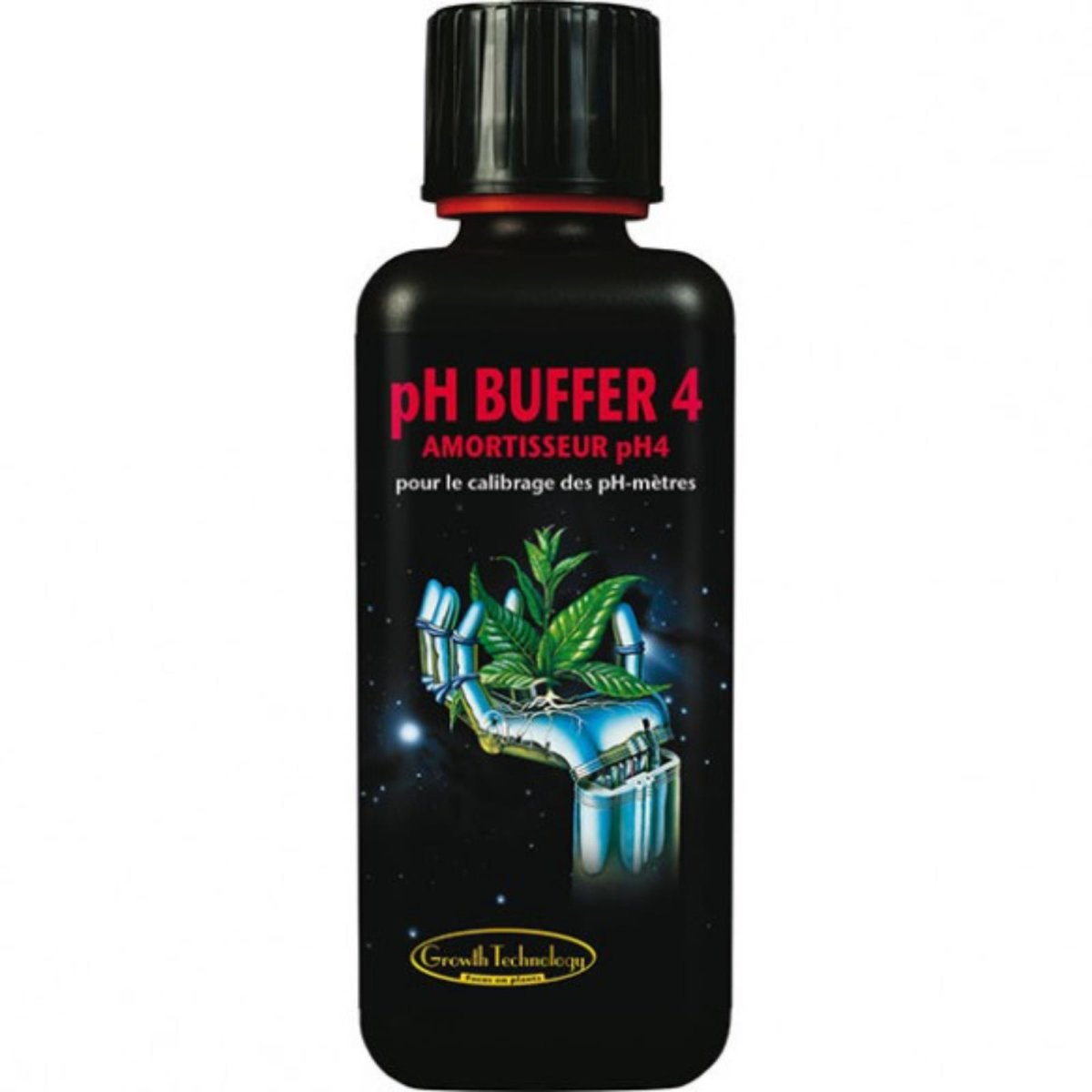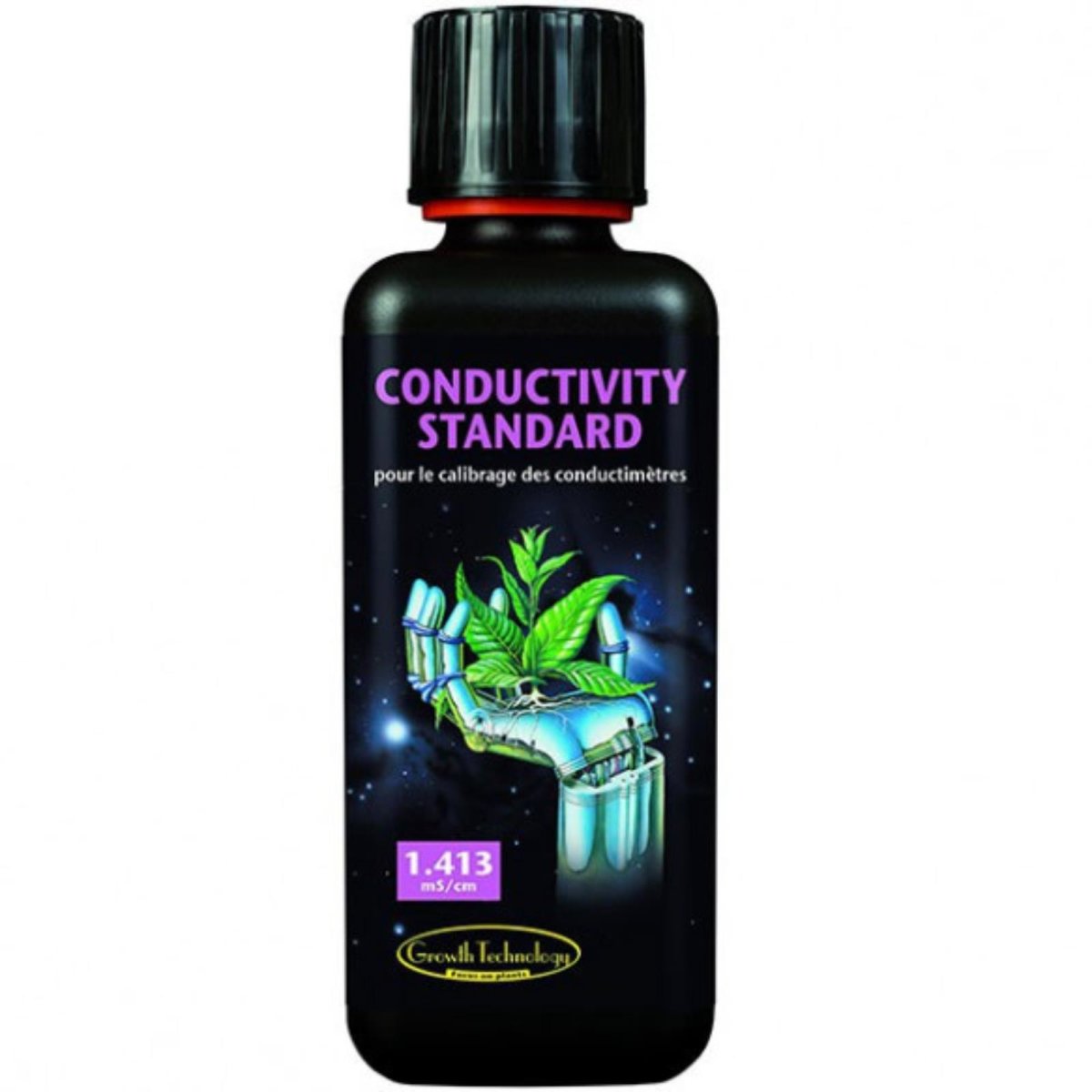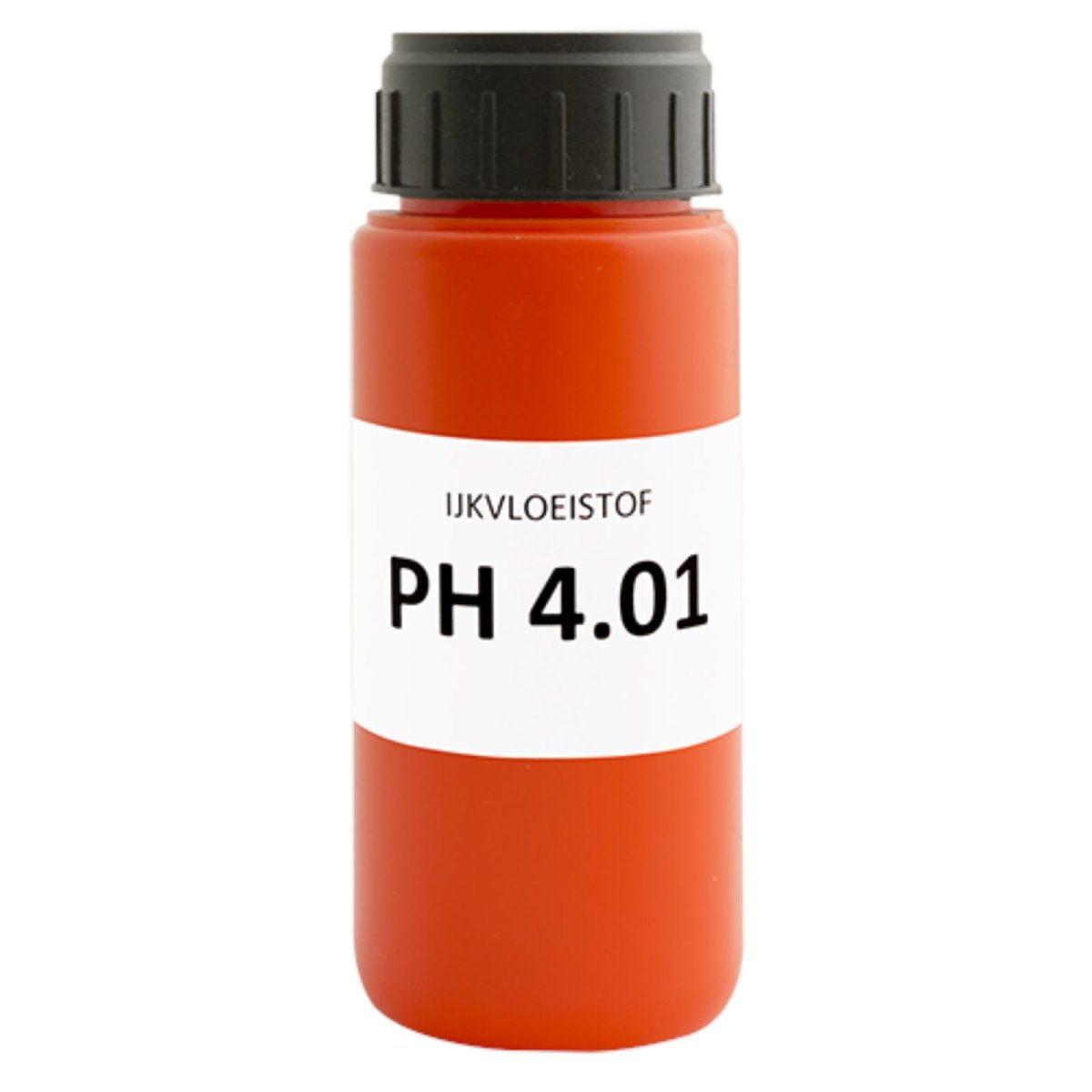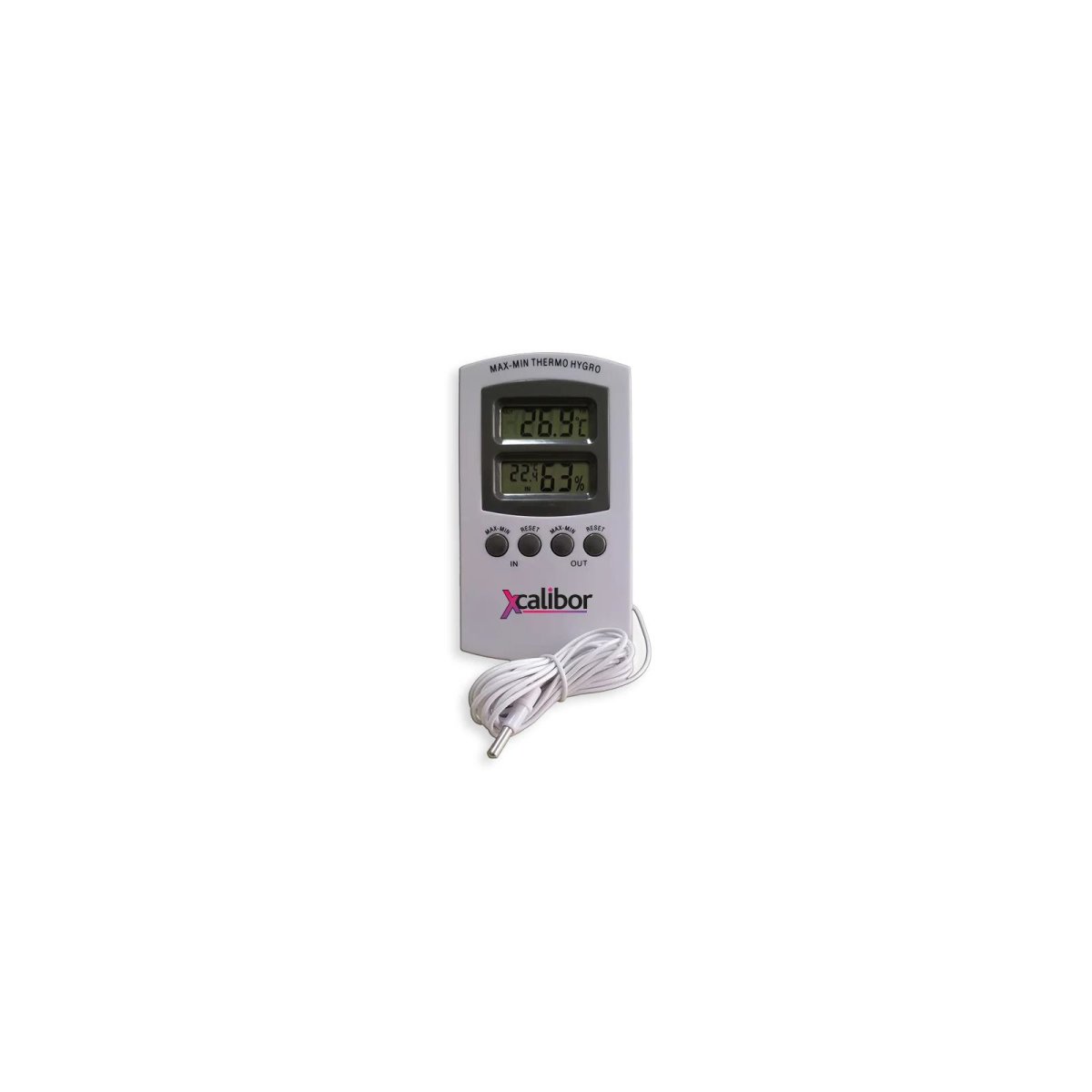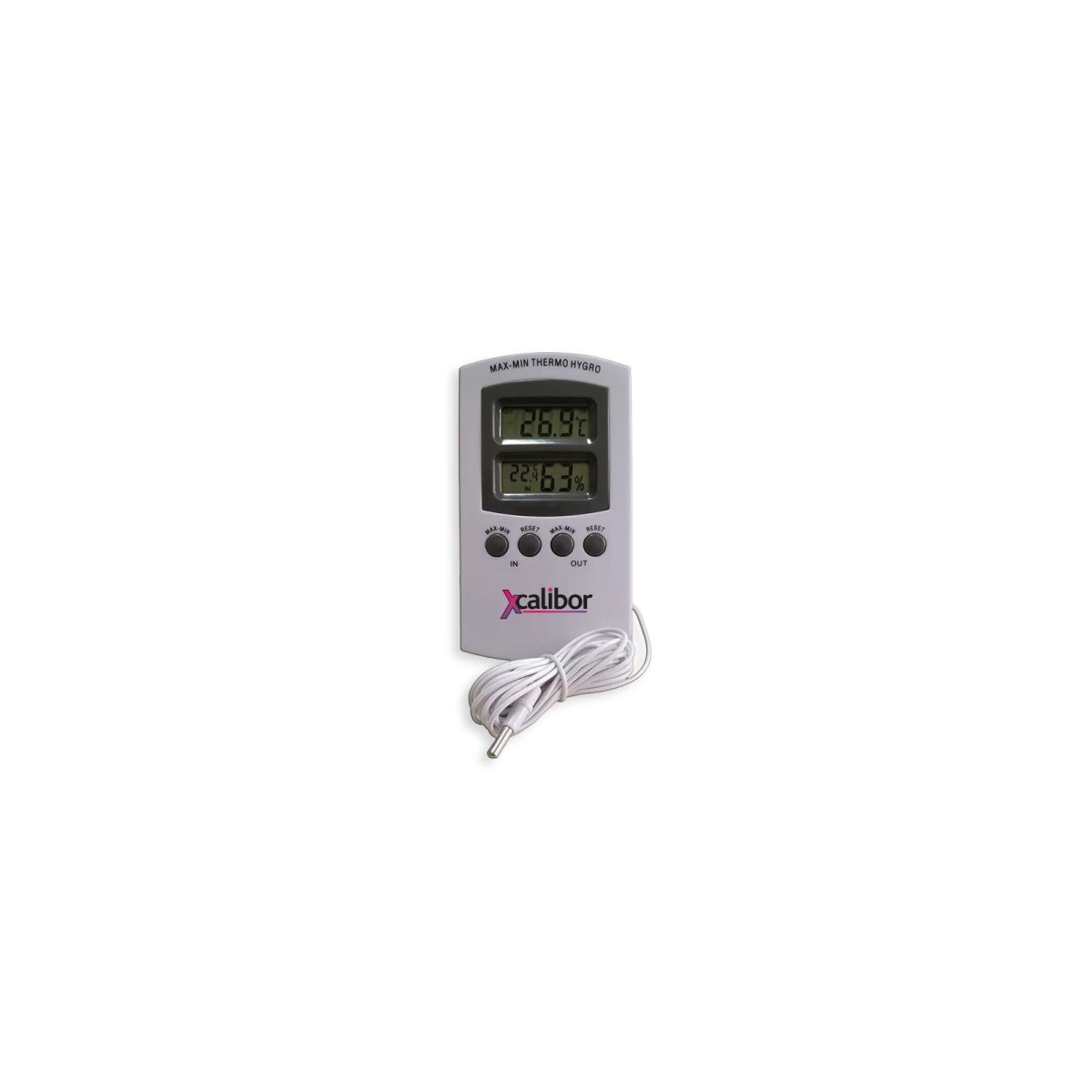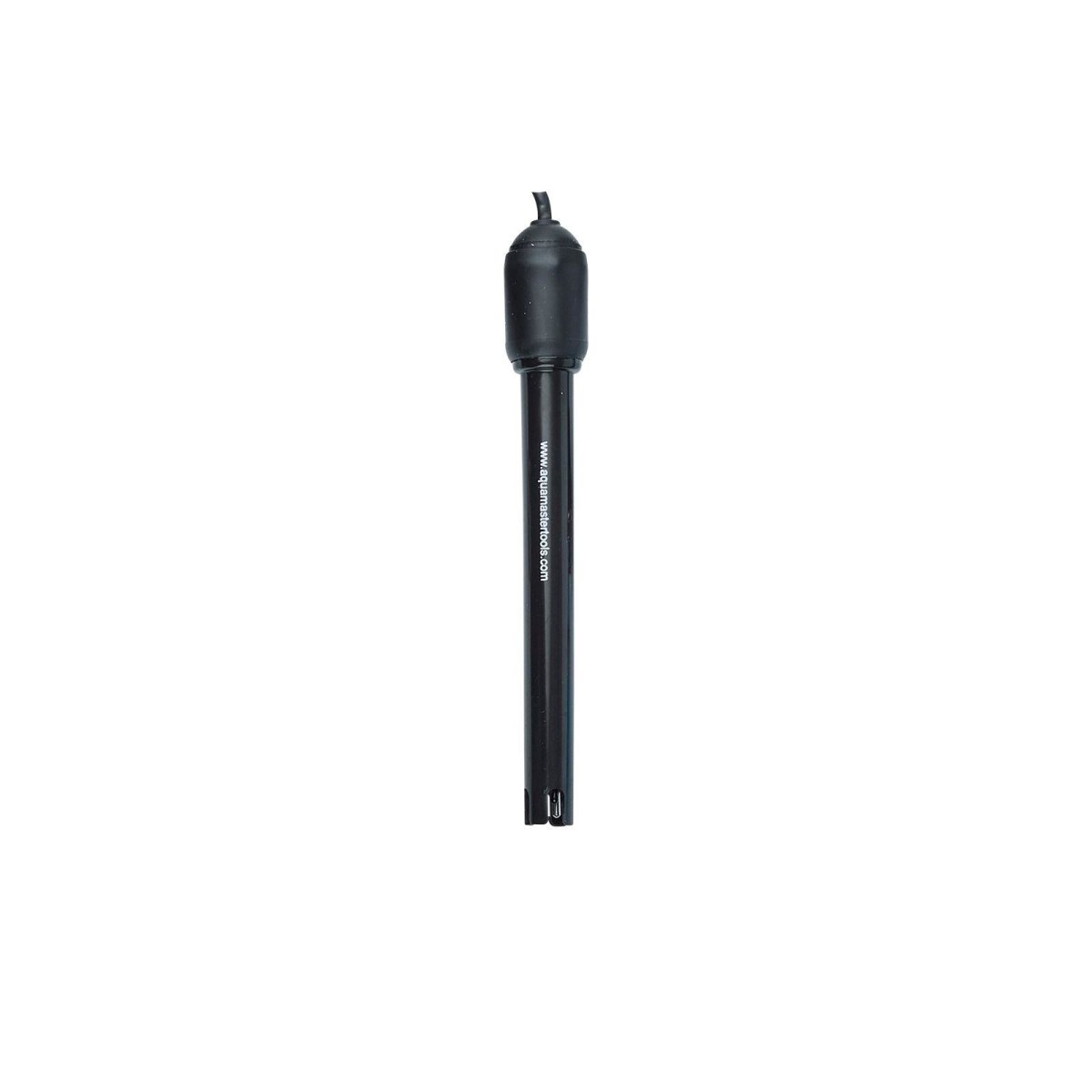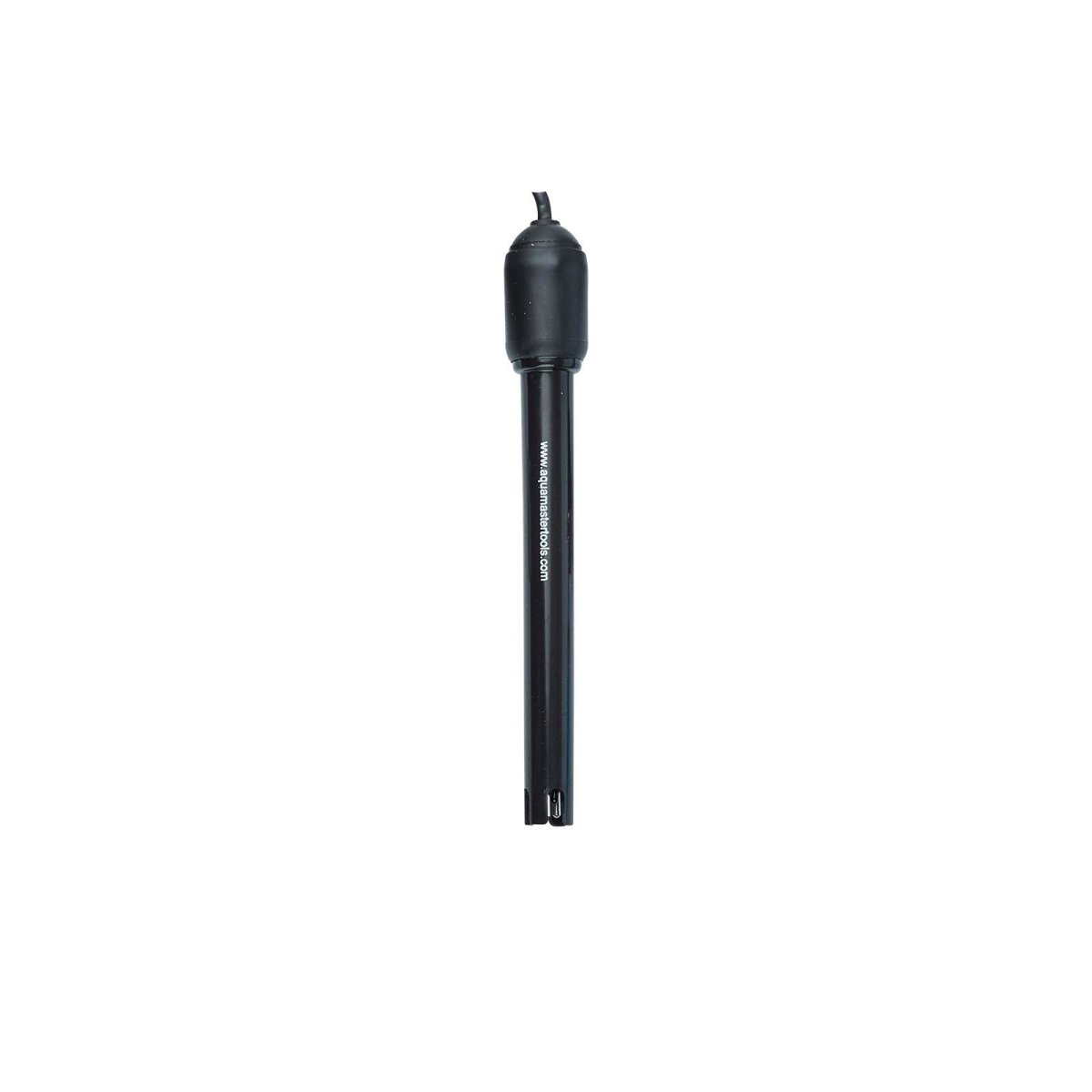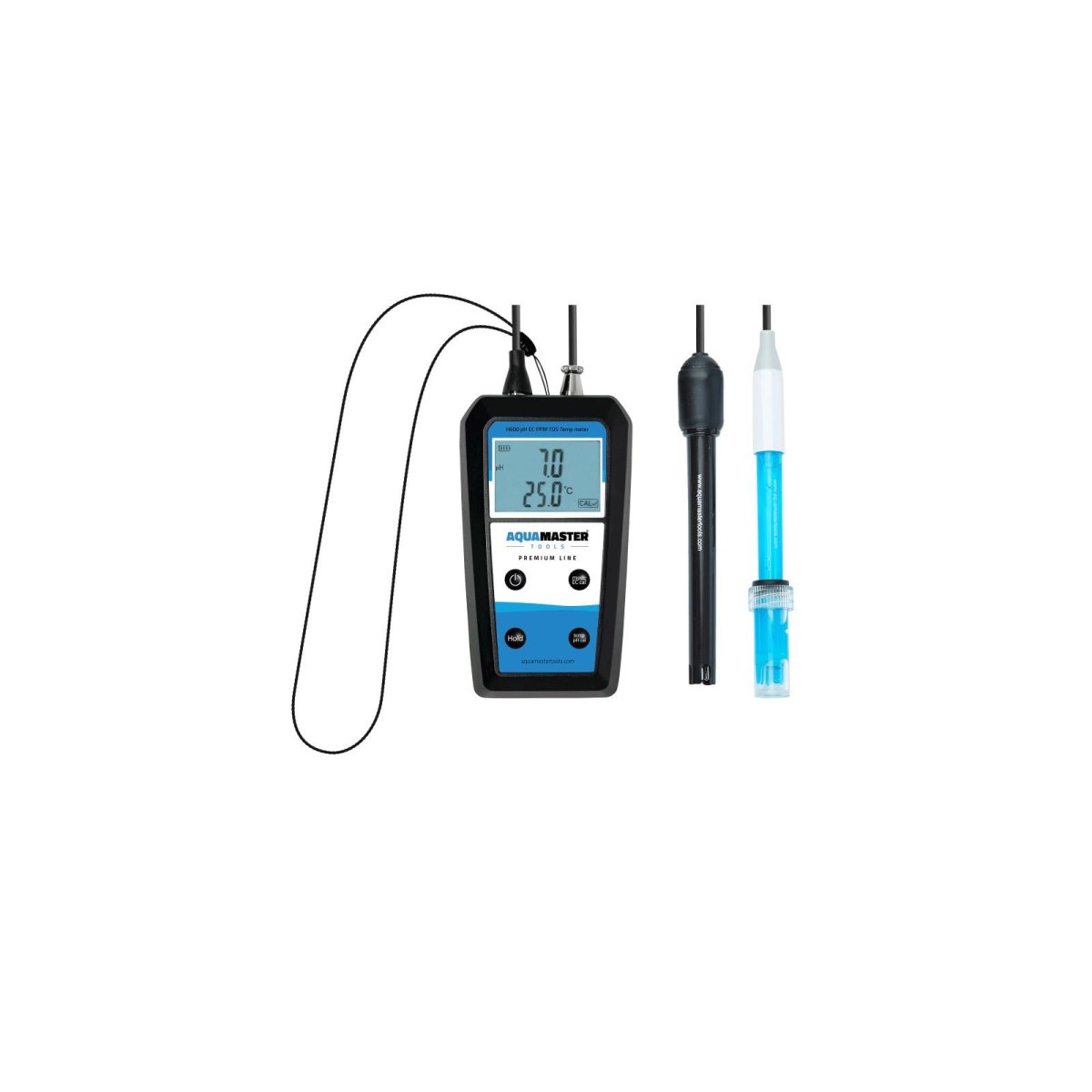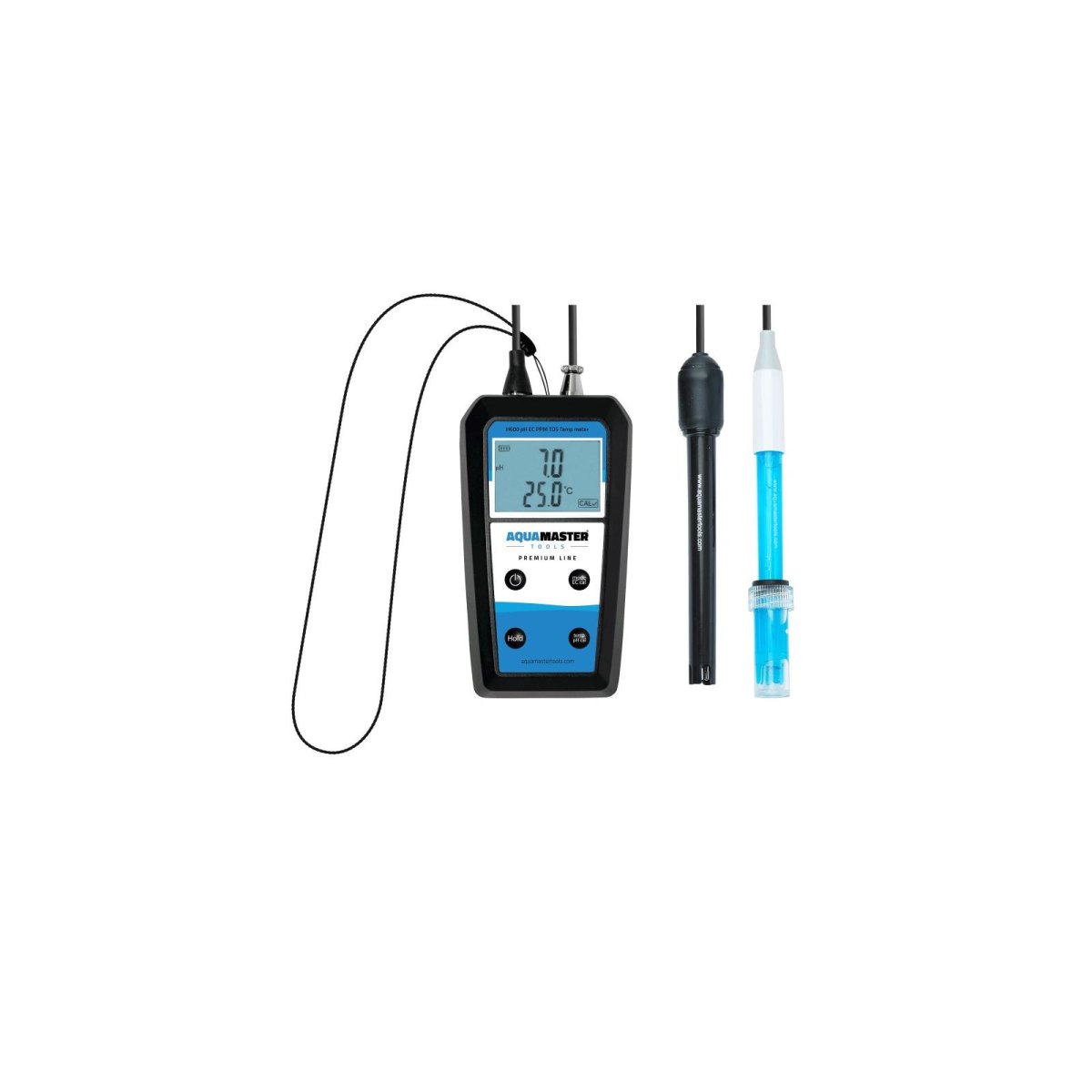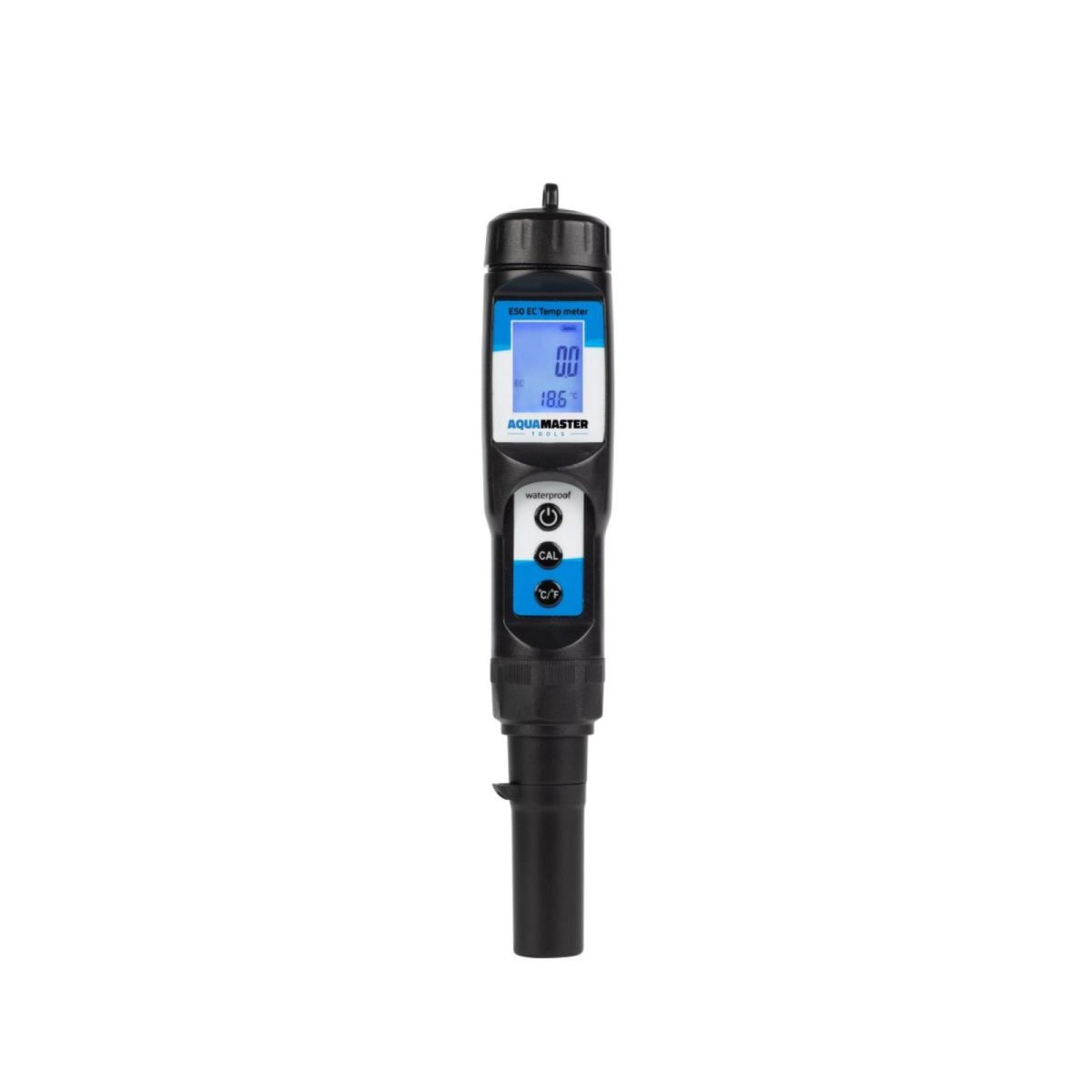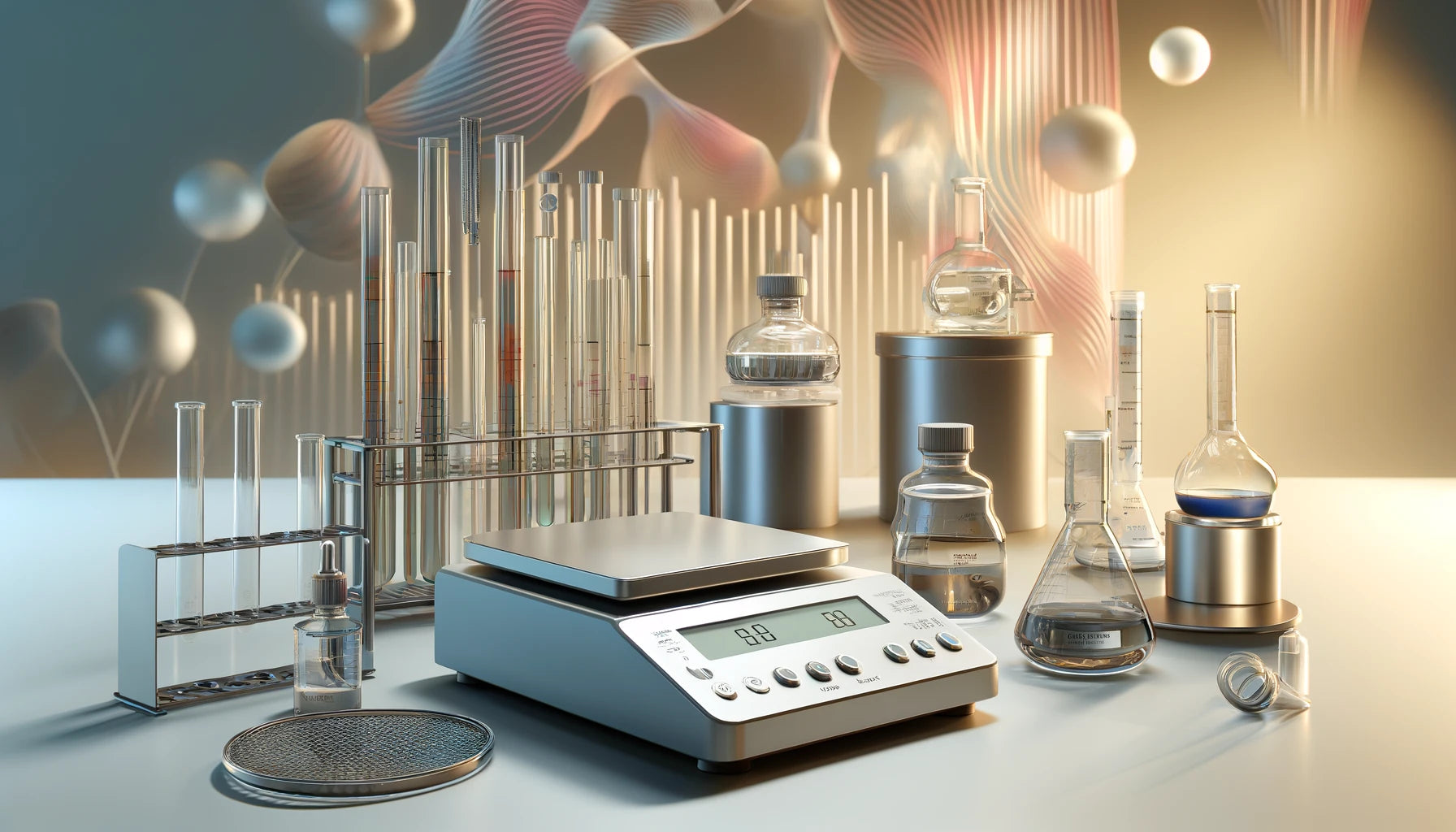
Buy THC test device
Filters
139 products
Why THC meters are important
Imagine you are holding a promising cannabis flower in your hand. How high is its THC content really? This is where THC measuring devices come into play - they are the key to precise analyses and reliable results in the fascinating world of cannabis.
THC meters are not just gadgets, but essential tools for anyone who is serious about cannabis. Whether you use medical cannabis, are involved in research, or just want to know what's in your plants, accurate THC measurements are worth their weight in gold.
Why? It's simple: the THC content determines the effects and therapeutic benefits of cannabis. Too much THC can cause unwanted side effects, while too little may not produce the desired effect. Precise measurements help you find the optimal dose and improve your experience with cannabis.
But THC meters can do even more. They enable growers to optimize the quality of their plants and deliver consistently high-quality products. They are essential for medical research to develop standardized preparations and to study the effectiveness of cannabis for various diseases.
In this guide, we delve deep into the world of THC measuring devices. You will learn everything about the different technologies, their advantages and disadvantages, as well as practical tips for use. Whether you are a hobby gardener, a professional grower, or just curious - here you will find all the information you need to accurately determine the THC content of your cannabis plants.
Basics of THC measurement
Before you dive into the world of THC meters, it is important to understand what exactly is being measured and which factors can influence the THC content. This knowledge will help you to better interpret and classify the results of your measurements.
What exactly is being measured?
THC meters not only analyze the THC content, but often also other important cannabinoids:
- THC (tetrahydrocannabinol):The main active ingredient responsible for the psychoactive effects of cannabis.
- THCA (Tetrahydrocannabinolic acid):The precursor substance of THC, which is converted into THC by heating (decarboxylation).
- CBD (Cannabidiol):A non-psychoactive cannabinoid with diverse therapeutic properties.
- CBN (Cannabinol):Formed during the breakdown of THC and has slightly psychoactive effects.
- CBG (Cannabigerol):Another non-psychoactive cannabinoid with interesting medical potential.
Modern THC meters can often create a complete cannabinoid profile, giving you a comprehensive overview of the composition of your cannabis plant.
Factors that affect THC content
The THC content in cannabis plants is not a fixed value, but can be influenced by various factors:
- Genetics:Different cannabis strains naturally have different THC levels.
- Growing conditions:Light, temperature, humidity and nutrients play a major role.
- Harvest time:The THC content reaches its peak shortly before full maturity.
- Drying and storage methods:Improper handling can reduce the THC content.
- Age of sample:THC breaks down over time, especially if stored incorrectly.
These factors demonstrate the importance of regular and accurate THC measurements. They help you determine the optimal harvest time, monitor the quality of your plants and achieve consistent results.
With this basic knowledge, you are now well equipped to explore the different types of THC meters and understand how they work. In the next section, we'll dive deeper into the fascinating technology behind these innovative devices.
Different types of THC meters
The world of THC meters is diverse and fascinating. Each technology has its own strengths and areas of application. Let's take a closer look at the most common methods.
NIR spectroscopy
NIR spectroscopy (near infrared spectroscopy) is one of the most modern and user-friendly methods for measuring THC. These devices work quickly, precisely and non-destructively - your valuable samples remain intact.
How does it work? NIR spectroscopy uses near-infrared light to analyze the molecular composition of your cannabis sample. The reflected light creates a unique "fingerprint" spectrum that provides information about the THC content and other cannabinoids.
A big advantage: many NIR devices are portable and easy to use. Perfect for field measurements or when you need results quickly. Some models can even determine the optimal harvest time - a real plus for growers!
ATR infrared spectroscopy with Fabry-Pérot filter
Sounds complicated? Don't worry, the technology behind it is fascinating! ATR infrared spectroscopy (attenuated total reflection) combined with a Fabry-Pérot filter offers you high-precision measurements with minimal sample preparation.
This method uses the interaction of infrared light with your cannabis sample. The Fabry-Pérot filter increases sensitivity and accuracy. Result? Detailed analyses not only of THC, but also of other cannabinoids and even terpenes.
A special advantage of this technology: It can also analyze oils and extracts – perfect if you are interested in producing cannabis products.
Flame ionization detector
The flame ionization detector (FID) is a classic in cannabinoid analysis. It uses the "cross flow modulation principle" to precisely determine THC and other organic compounds.
How does it work? Your sample is burned in a hydrogen flame. The ions produced are measured and provide information about the THC content. FID devices are known for their high stability and accuracy - ideal for professional laboratories and research facilities.
One disadvantage: FID devices are usually larger and more complex to handle. They are less suitable for home use, but shine in scientific environments.
Digital high performance chromatography (DHCP)
DHCP is the new star in the THC measurement sky. This technology promises lightning-fast analyses (under 5 minutes!) with high accuracy. It can measure a variety of cannabinoids and terpenes simultaneously - a real game changer for detailed profile analyses.
A special feature of some DHCP devices: automatic oil detection. This means you can analyze not only flowers, but also cannabis oils and extracts. Some models even recognize whether your cannabis is over-aged - a real added value for quality control.
The catch? DHCP devices are often expensive and there are only a few reputable manufacturers. The technology is promising, but still relatively new on the market.
Rapid tests and test kits
There are rapid tests and test kits for a quick check in between. They work in a similar way to pregnancy tests: a chemical reaction shows you through a color change whether THC or CBD predominates in your sample.
The advantage? They are inexpensive, easy to use and deliver quick results. Perfect for home users or as a first orientation.
The disadvantages? They are less precise than the methods above and don't give you accurate percentages. Plus, they're disposable - not exactly sustainable if used regularly.
Each of these technologies has its strengths and weaknesses. Which one is best for you depends on your individual needs. In the next section, we'll compare the methods head-to-head so you can make the perfect choice for your purposes.
Comparison of measurement methods
Now that you have an overview of the different THC measurement methods, let's compare them directly to find out which method best suits your needs.
accuracy
When it comes to precision, laboratory equipment such as HPLC (high performance liquid chromatography) is at the forefront. It provides the most accurate results, often with a deviation of less than 1%. Close behind are DHCP and FID with an accuracy of about ±2-3%.
NIR spectroscopy and ATR infrared spectroscopy also offer high accuracy, typically in the range of ±3-5%. For most applications, this is more than sufficient.
Rapid tests and test kits are at the lower end of the accuracy scale. They can give you a rough overview, but they are not suitable for precise measurements.
speed
This is where DHCP technology shines with analysis times of less than 5 minutes. NIR spectroscopy is also very fast, with measurements in seconds to a few minutes.
ATR infrared spectroscopy and FID take a little longer but still provide results within 10-15 minutes.
Rapid tests are quick to use, but the waiting time for the result can be up to 30 minutes, depending on the product.
Cost
The price range for THC measuring devices is enormous. High-precision laboratory devices such as HPLC can easily cost €50,000 or more. DHCP and FID devices are often in the mid to upper four-digit range.
NIR and ATR spectroscopy devices are affordable for many users, with prices ranging between €1,000 and €5,000.
Rapid tests and test kits are the cheapest, but they cost per test. If used frequently, the costs can add up.
User-friendliness
For beginners and home users, NIR spectroscopy instruments are often the best choice. They are easy to use and provide fast results without complicated sample preparation.
DHCP devices are also relatively user-friendly, but require a little more training.
FID and ATR infrared spectroscopy usually require trained personnel and are more suitable for professional applications.
Although rapid tests are easy to use, they require careful following of the instructions for reliable results.
versatility
DHCP and spectroscopy methods can measure other cannabinoids in addition to THC and sometimes even terpenes. This makes them particularly valuable for detailed analyses.
FID specializes in THC and related compounds, but offers less flexibility in analyzing other substances.
Rapid tests are often limited to THC or CBD and offer the least versatility.
Which method is best for you depends on your individual requirements. Do you need the highest precision for scientific purposes? Then laboratory equipment such as HPLC or FID is the right choice. NIR spectroscopy or DHCP are suitable for regular quality controls in cultivation or production. And for the occasional check at home, rapid tests can be sufficient.
In the next section, we'll show you how to choose the perfect THC meter for your needs. Whether you're a home user, commercial grower, or researcher, we've got the right tips for you!
How to choose the right THC meter?
Choosing the right THC meter can be crucial to the success of your cannabis analysis. Let's take a look at which devices are best suited for different user groups.
For home users and cannabis social clubs
As a home user or member of a cannabis social club, you're probably looking for a solution that's easy to use, affordable, yet reliable. Here are some options that might work for you:
- NIR spectroscopy devices:These portable devices offer a good balance between accuracy and ease of use. They are ideal for quick measurements and do not require any special training.
- Smartphone-based solutions:There are now apps that allow you to measure THC in conjunction with special attachments for your smartphone. These are often cheaper than standalone devices.
- Test kits:For occasional checks, chemical test kits can be a cost-effective alternative, but keep in mind that they are less accurate and only provide rough estimates.
Tip: When choosing, pay attention to the user-friendliness and the ability to easily interpret the results. A device with a clear app or an easy-to-understand display can save you a lot of time and frustration.
For commercial growers and producers
As a commercial grower or producer, you need precise and reliable measurements to ensure the quality of your products. Here are some options that might meet your needs:
- DHCP devices:These offer an excellent combination of speed and accuracy. They are ideal for frequent measurements and quality controls in production.
- ATR infrared spectroscopy:This method is particularly well suited for the analysis of oils and extracts, making it a versatile option for producers.
- High-quality NIR spectroscopy devices:These can be a good choice if you want to measure both in the field and in the laboratory.
Tip: When choosing, look for the ability to export and manage data. A device with good data management software can help you identify trends and track quality over time.
For laboratories and research facilities
In a professional laboratory or research environment, the highest precision and reliability are required. Here are some options that meet these requirements:
- HPLC (high performance liquid chromatography):This is the gold standard for precise THC measurements. HPLC devices offer the highest accuracy and can analyze a wide range of cannabinoids and terpenes.
- GC-MS (gas chromatography-mass spectrometry):This method is particularly well suited to creating detailed profiles of cannabinoids and terpenes.
- FID (Flame Ionization Detector):FID devices provide high accuracy and stability required for scientific analysis.
Tip: It is often useful for research facilities to combine several analysis methods in order to obtain a comprehensive picture of the cannabis samples. Also pay attention to the possibility of networking the devices with other laboratory instruments.
Regardless of which device you choose, it is important to familiarize yourself with the legal requirements in your country. In some regions, the possession of THC meters may be regulated.
Also remember that purchasing a THC meter is an investment. In addition to the purchase price, consider ongoing costs such as maintenance, calibration and any necessary consumables.
With the right THC meter, you can accurately determine and optimize the quality of your cannabis products. In the next section, we will give you practical tips on how to carry out your THC measurements and correctly interpret the results.
Practical tips for THC measurement
Now that you know which THC meter is best for you, let's take a look at how to get the most out of your measurements. With these practical tips, you can get the most out of your device and ensure that your results are reliable.
Sample collection and preparation
The first step to accurate measurement results begins before the actual measurement:
- Representative samples:Make sure your sample is representative of the entire batch. Take samples from different parts of the plant or product.
- Clean tools:Always use clean scissors or tweezers to take samples to avoid contamination.
- Drying:For most measurement procedures, samples should be dry. Check the optimal moisture content for your specific measuring instrument.
- Homogenization:Grind your sample evenly. A herb grinder can be helpful here, but don't overdo it - powder that is too fine can affect the measurement.
Tip: Always document exactly where and how you took your samples. This will help you identify trends and track quality over time.
Calibration and maintenance of THC measuring devices
Regular calibration and maintenance are crucial for precise measurements:
- Calibration intervals:Calibrate your device according to the manufacturer's instructions. Some devices require daily calibration, others weekly or monthly.
- Reference standards:Use certified reference standards for calibration. These are expensive but essential for accurate measurements.
- Cleaning:Keep your device clean. Even small residues can distort the measurement results.
- Environmental conditions:Make sure that temperature and humidity conditions are stable. Extreme fluctuations can affect the measurement accuracy.
Tip: Keep a maintenance log. This will help you keep track of calibrations and identify potential problems early.
Interpretation of the results
The art of THC measurement lies not only in the execution, but also in the correct interpretation of the results:
- Understanding the measuring range:Know the range and accuracy of your device. Not all devices are designed to handle very high or very low THC concentrations.
- Repeated measurements:Take multiple measurements and calculate the average. This will help identify outliers.
- View full profile:Don't just look at the THC content. The ratio to other cannabinoids like CBD can provide important information.
- Identify trends:Follow the development over time. Sudden changes can indicate problems in cultivation or storage.
Tip: Create graphs or charts of your measurement results. Visual representations can help you identify patterns and trends more easily.
Always remember: The accuracy of your measurements depends on many factors. Be critical of your results and do not be afraid to consider a professional laboratory analysis if in doubt.
With these practical tips, you are well equipped to carry out reliable THC measurements. In the next section, we will take a look at the legal aspects of THC measurement - an important topic that you should not ignore.
Alternatives to THC meters
While THC meters are undoubtedly useful, there are situations where alternatives may be useful or even necessary. Let's take a look at these options and weigh up when it's really worth getting your own device.
Laboratory analyses: advantages and disadvantages
Professional laboratory analyses are a proven alternative to your own THC measuring devices:
Advantages:
- Highest accuracy:Laboratories have high-precision equipment that is often more accurate than portable THC meters.
- Comprehensive analysis:In addition to THC, labs can create a complete cannabinoid and terpene profile.
- Legal security:Laboratory results are often legally recognized, which can be important when it comes to limit value issues.
- No investment in equipment:You save the purchase costs for expensive measuring devices.
Disadvantages:
- Time required:The results may take several days to arrive.
- Cost per analysis:If measurements are taken frequently, costs can quickly rise.
- Logistical effort:Samples must be transported safely to the laboratory.
- Less flexibility:Spontaneous or frequent measurements are more difficult to realize.
Tip: If you only need occasional THC testing, partnering with a local lab can be a cost-effective solution.
When is it worth purchasing your own device?
The decision to purchase your own THC meter depends on several factors:
- Frequency of measurements:If you perform THC measurements regularly (e.g. weekly or more frequently), owning your own device can quickly pay for itself.
- Speed of results:If you often need immediate results, e.g. for quality control during production, your own device is essential.
- Type of your business:For breeders, producers or cannabis social clubs, having their own quality assurance device can be indispensable.
- Budget:High-quality THC meters require a significant initial investment. Calculate whether this investment is worth it for you.
- Technical know-how:Remember that operating and maintaining a THC meter requires expertise. Are you willing to train yourself or your team on how to do it?
Tip: Create a cost-benefit analysis. Compare the costs of laboratory analyses over a longer period of time with the purchase and operating costs of your own device.
list of sources
- Jeerage, KM, Beuning, CN, Friss, AJ, Bidwell, LC & Lovestead, TM (2023) 'THC in breath aerosols collected with an impaction filter device before and after legal-market product inhalation—a pilot study',Journal of Breath Research, 17(3), 037103. doi:10.1088/1752-7163/acd410. Available at:https://pubmed.ncbi.nlm.nih.gov/37211879/(Accessed: 6 September 2024).
- Wilson, WB (2022) 'Accurate THC determinations in seized cannabis samples for forensic laboratories',National Institute of Justice, NCJ 305953, 27 pages. Available at:https://nij.ojp.gov/library/publications/accurate-thc-determinations-seized-cannabis-samples-forensic-laboratories(Accessed: 6 September 2024).
- National Institute of Standards and Technology (NIST) (2020) 'NIST to help labs achieve accurate THC, CBD measurements',NIST. Available at:https://www.nist.gov/news-events/news/2020/07/nist-help-labs-achieve-accurate-thc-cbd-measurements(Accessed: 6 September 2024).
- Sivashanmugan, K., Zhao, Y. & Wang, AX (2019) 'Tetrahydrocannabinol sensing in complex biofluid with portable Raman spectrometer using diatomaceous SERS substrates',biosensors, 9(4), 125. doi:10.3390/bios9040125. Available at:https://www.mdpi.com/2079-6374/9/4/125(Accessed: 6 September 2024).
Best quality
The products offered are subject to the highest quality standards and regular controls. Through direct contact with our dealers, we can offer you the best prices for your CBD products.
Certified dealers
We only work with professional and verified dealers. The products are subject to the highest quality requirements and are produced according to EU standards.
100% legal
Tell your customers about your payment methods.
Our partners






